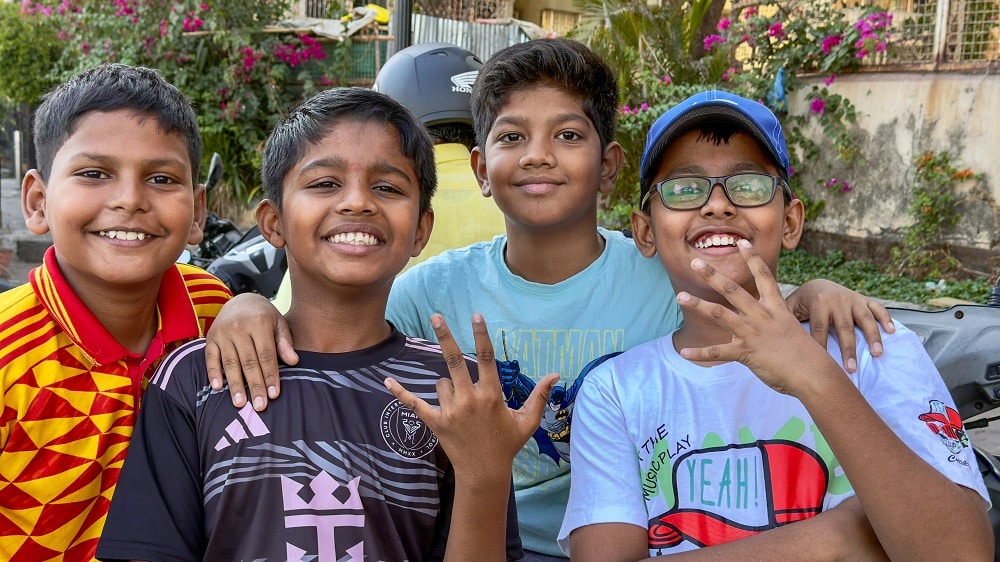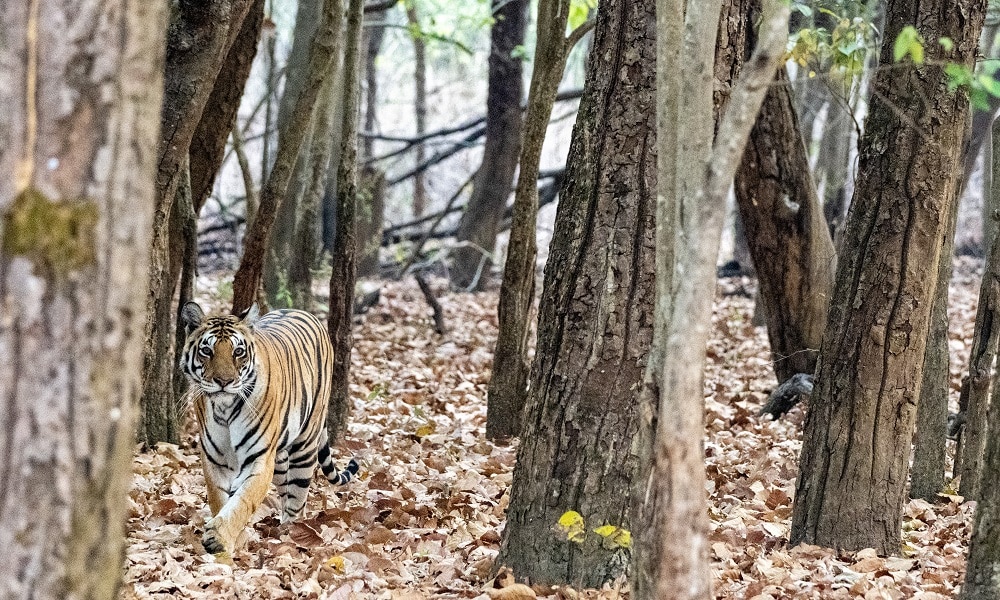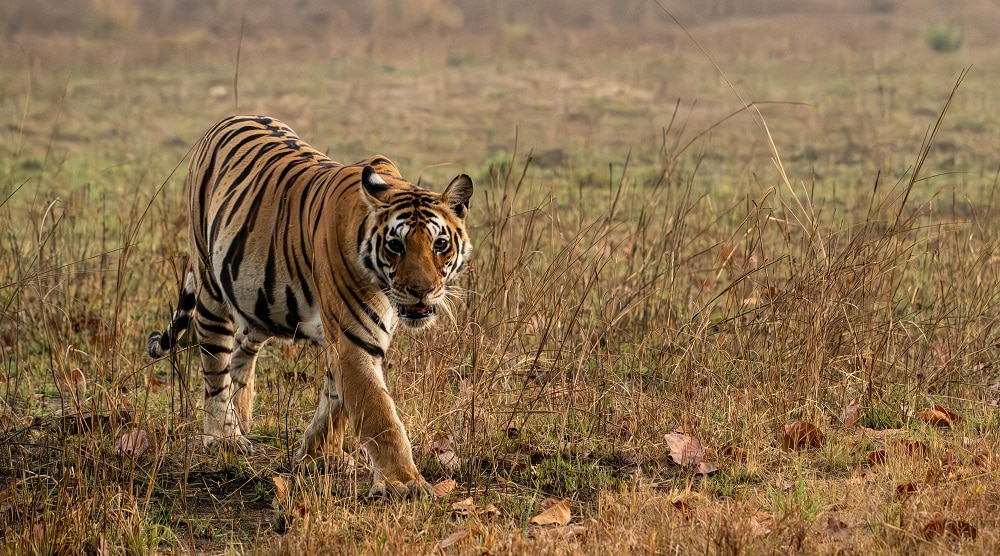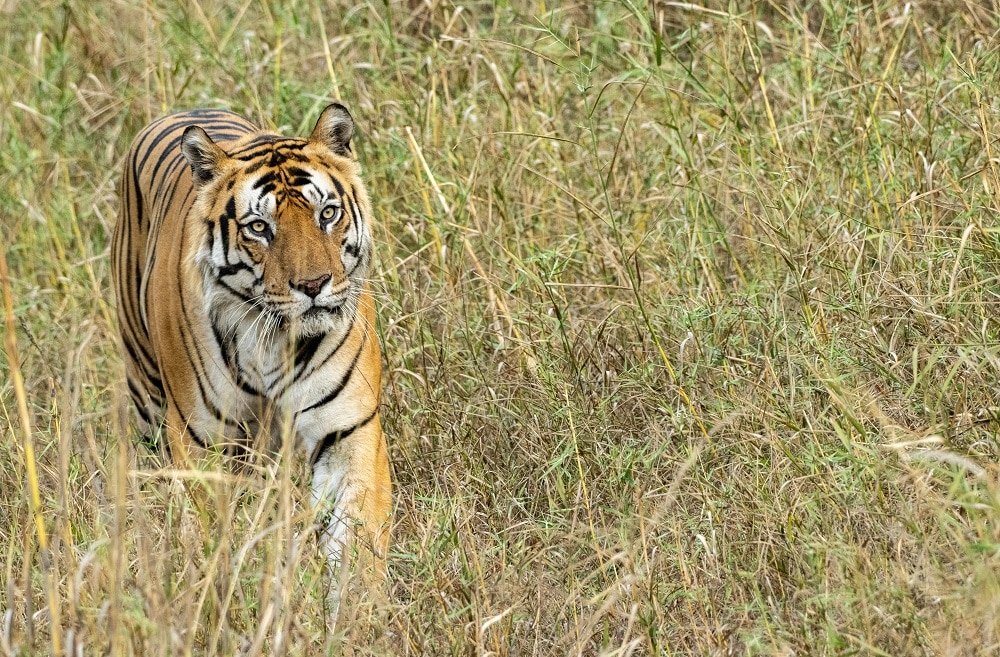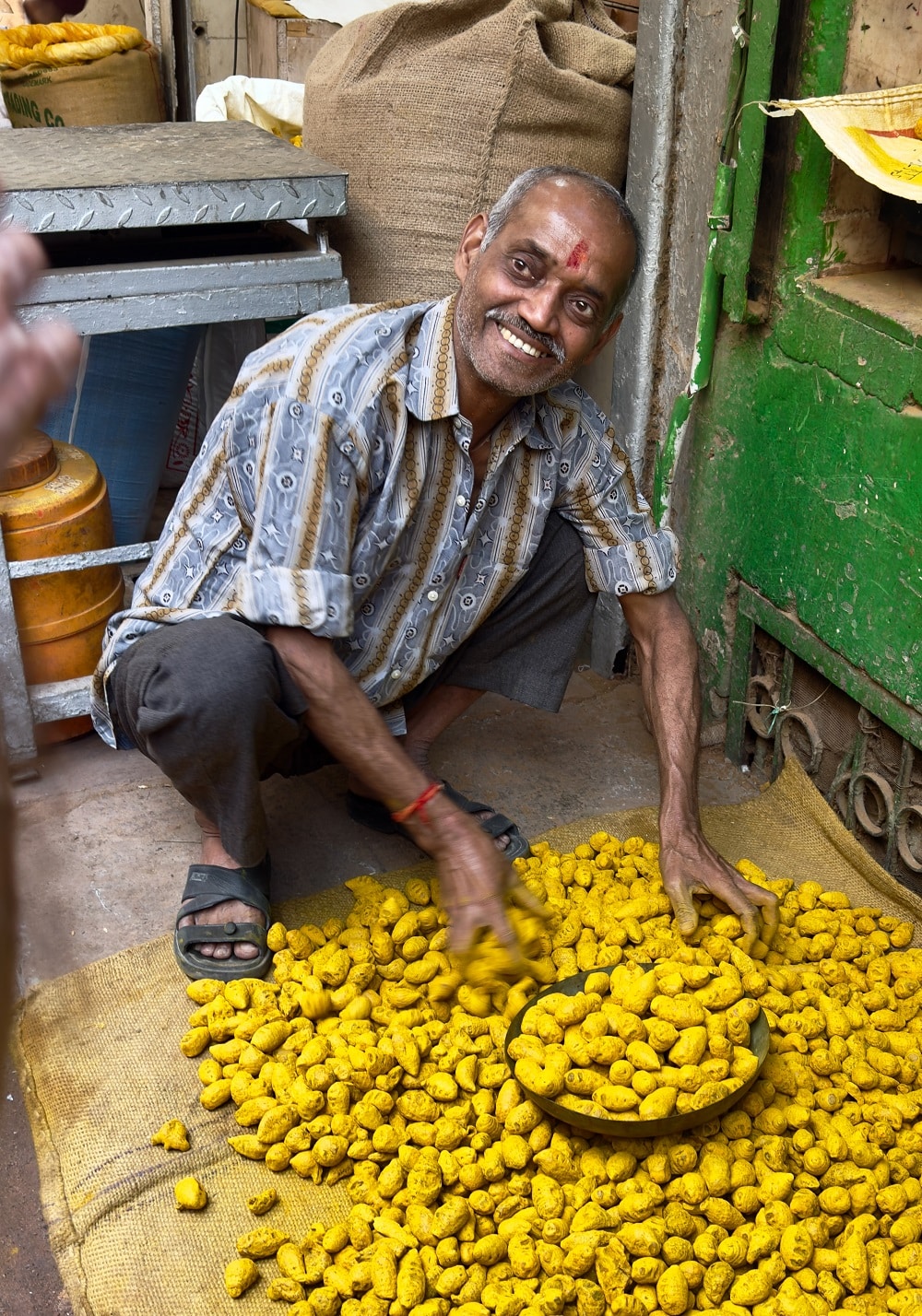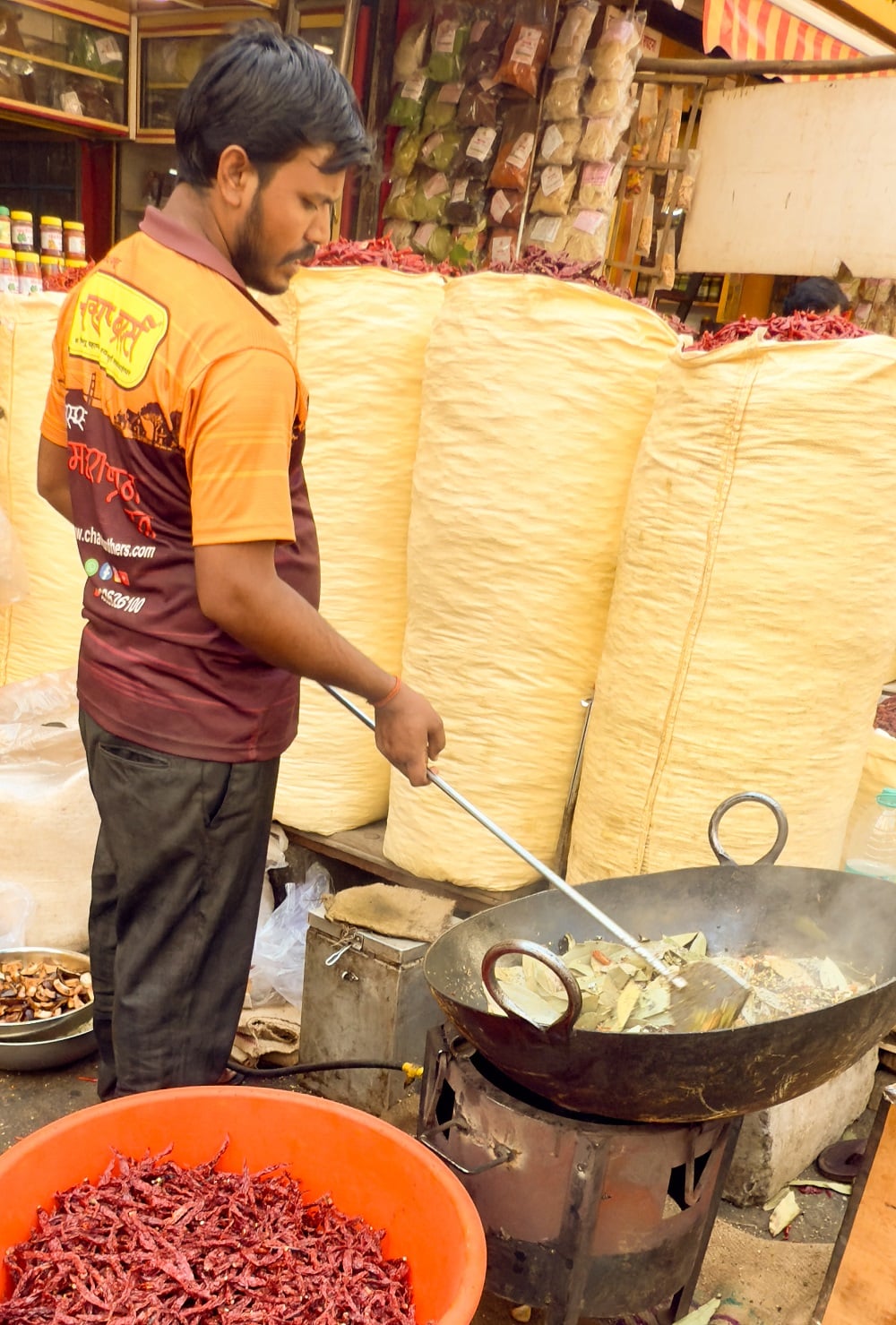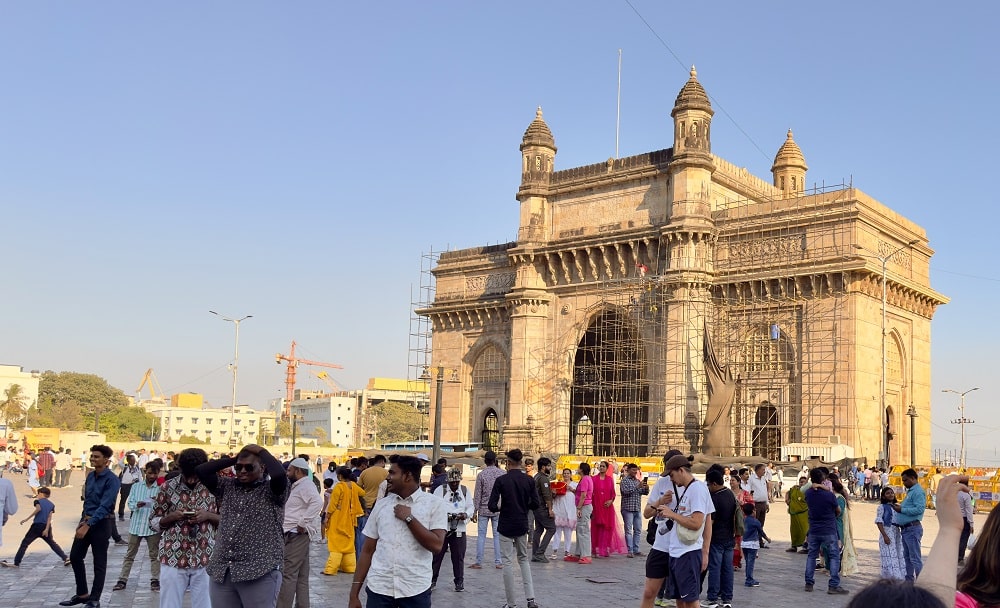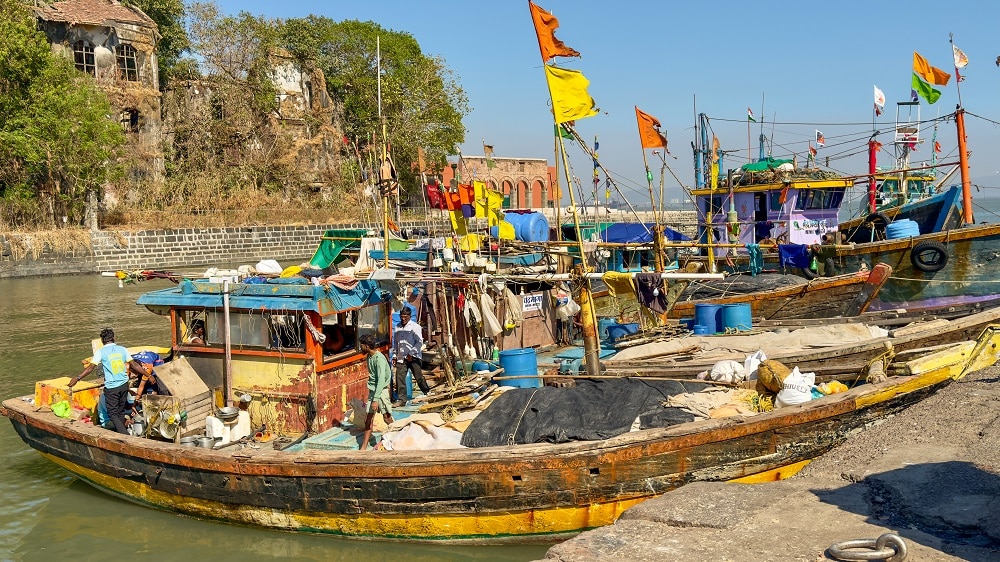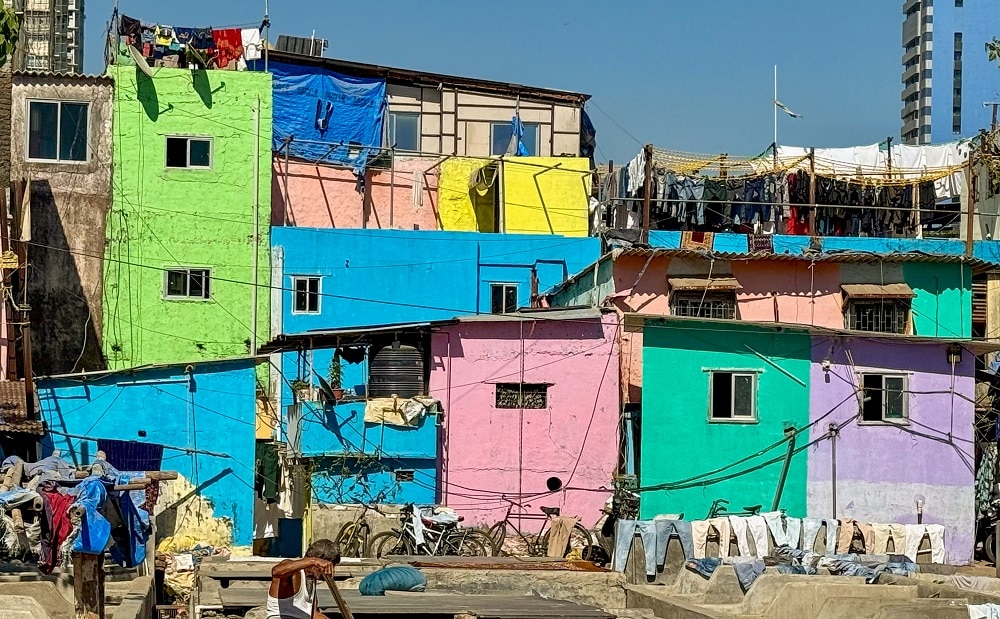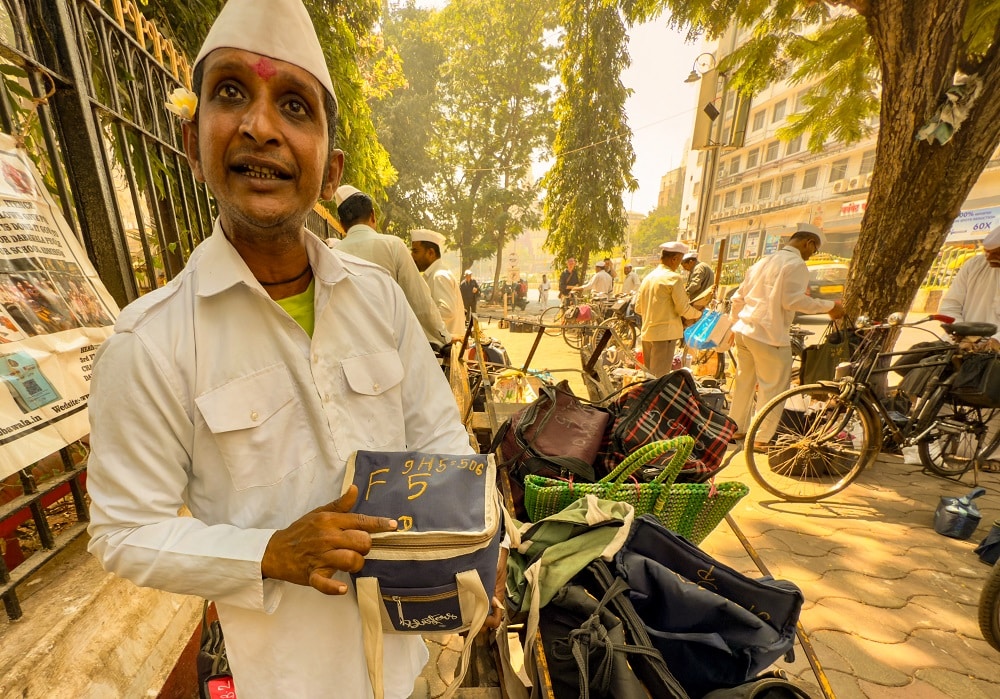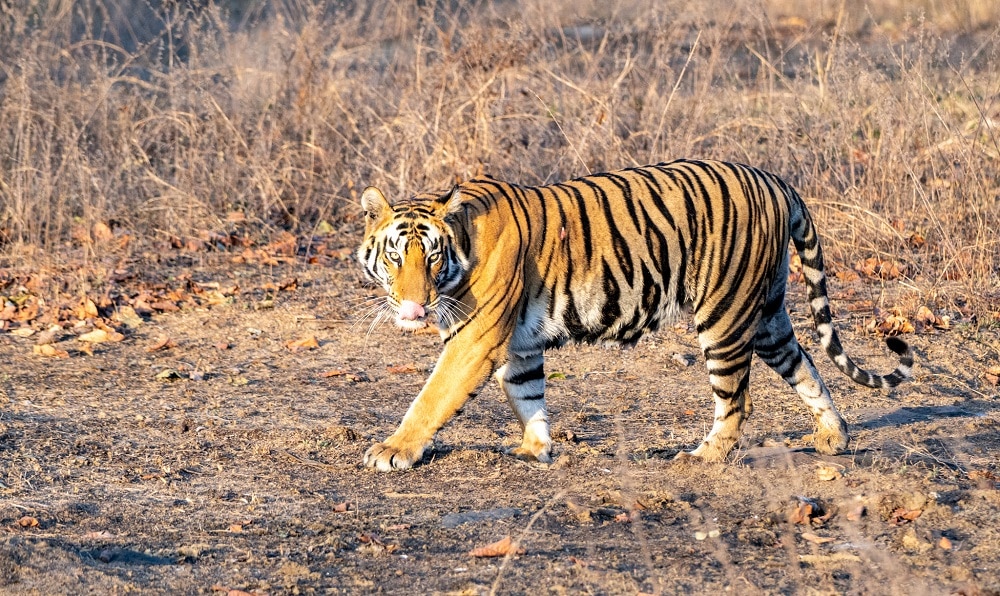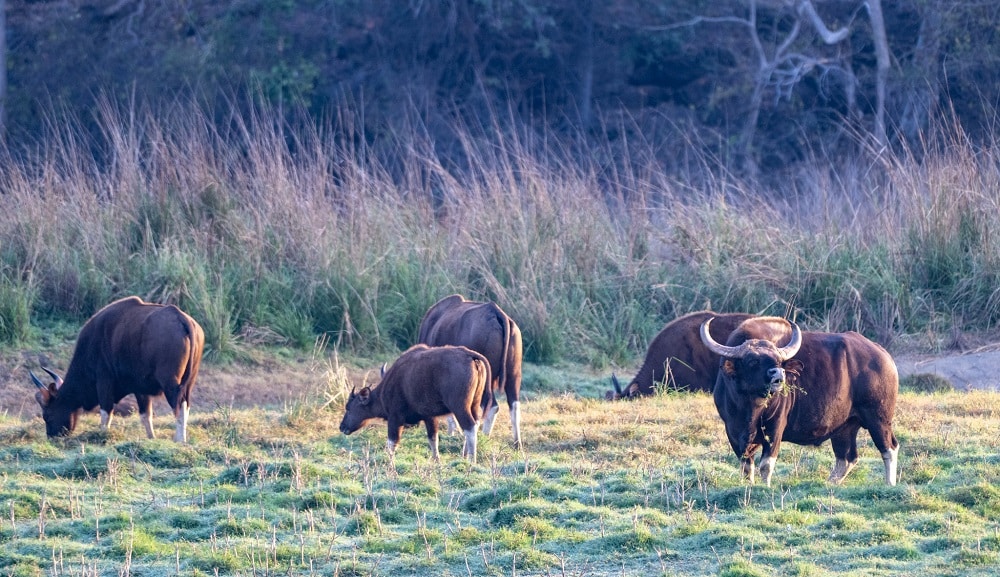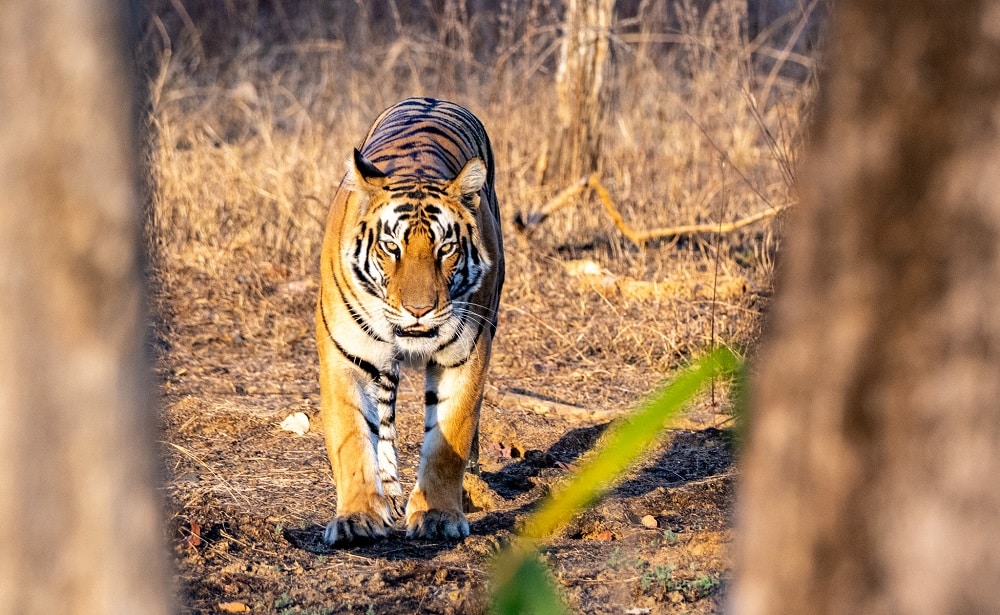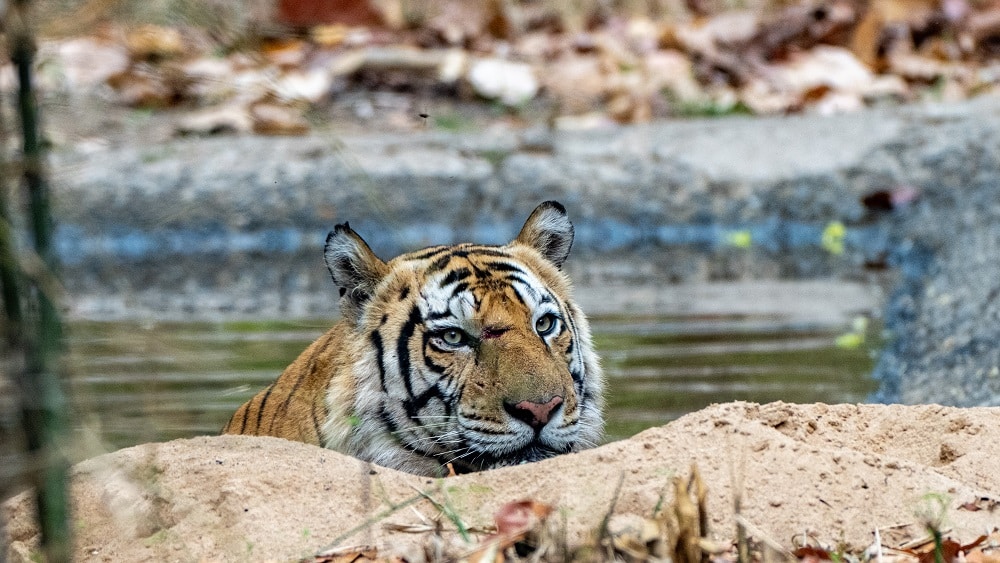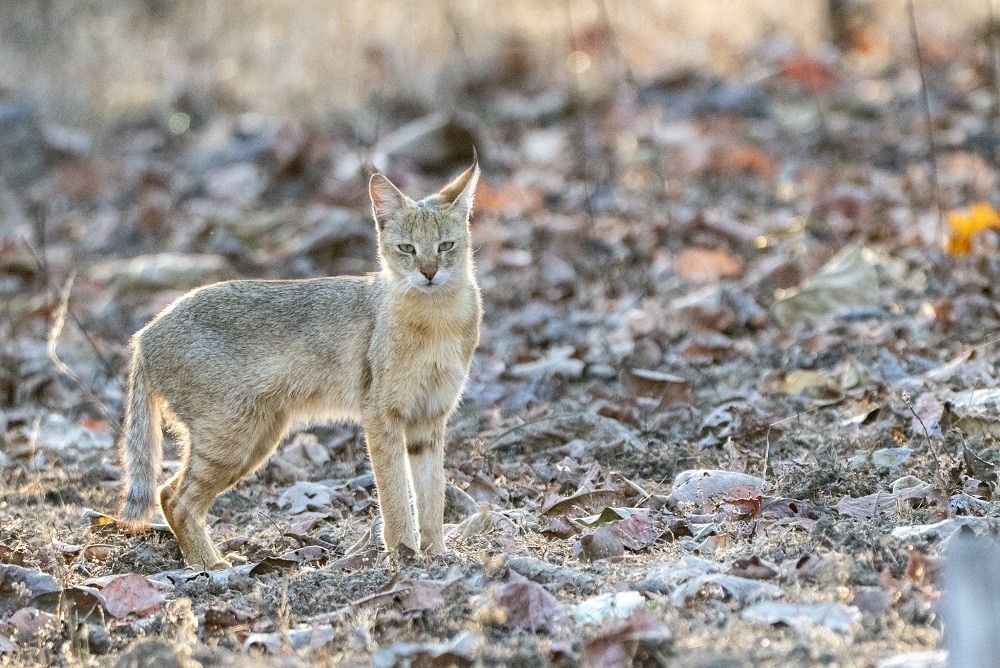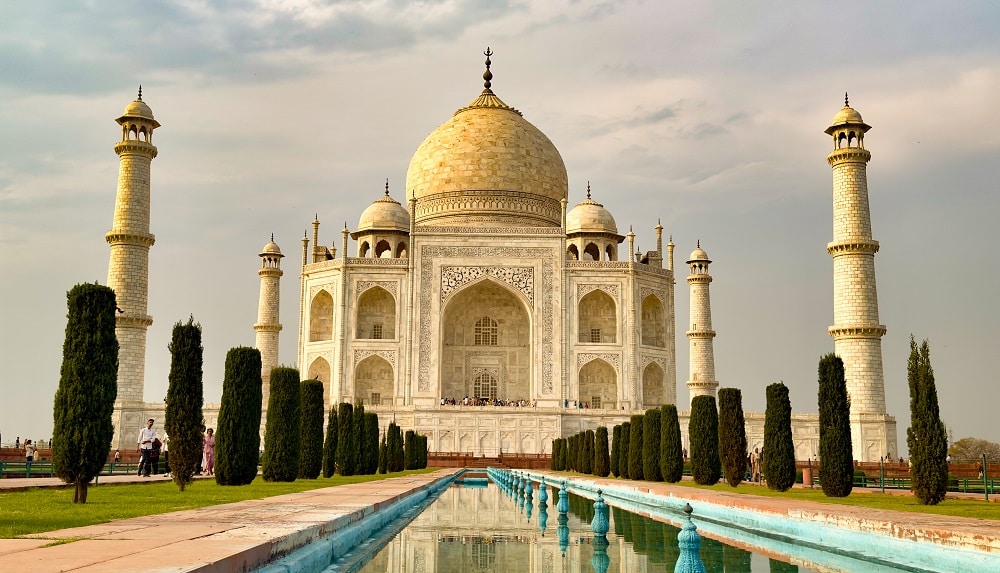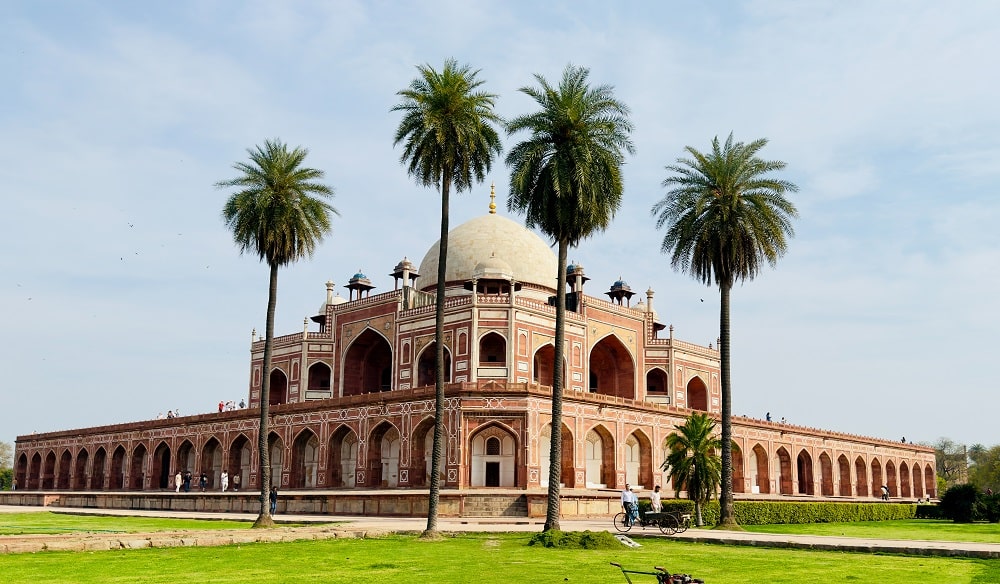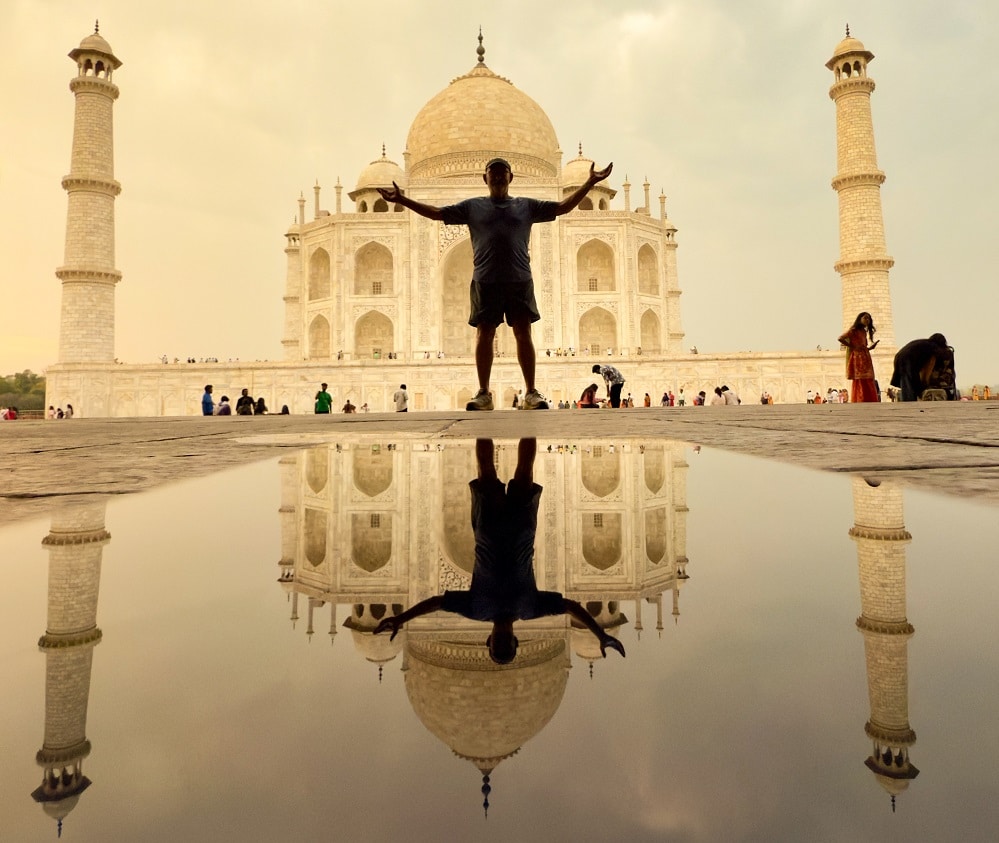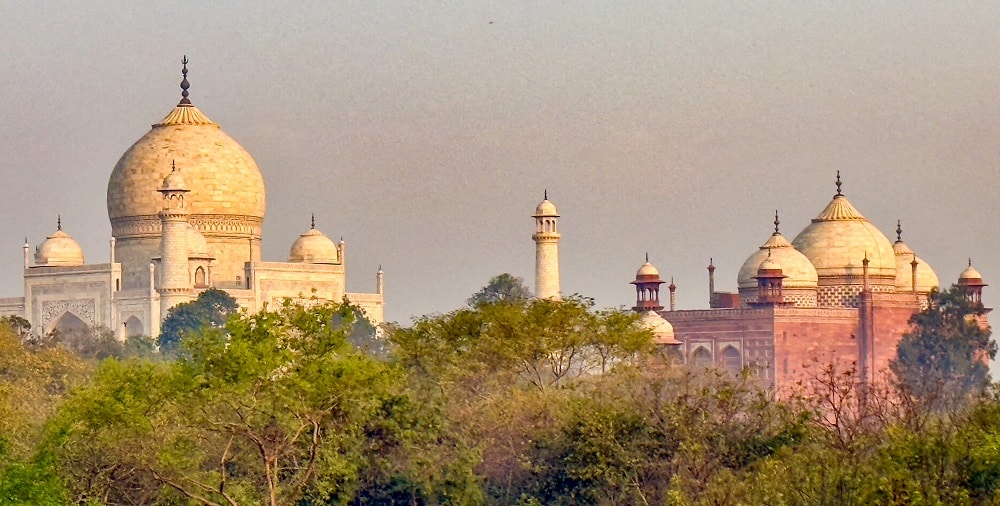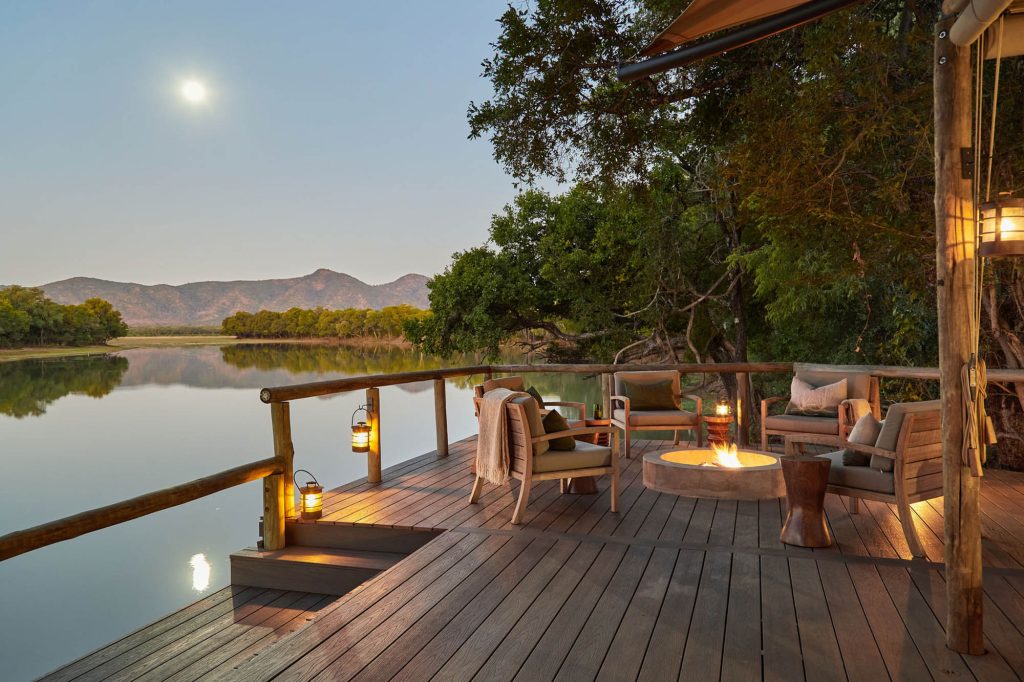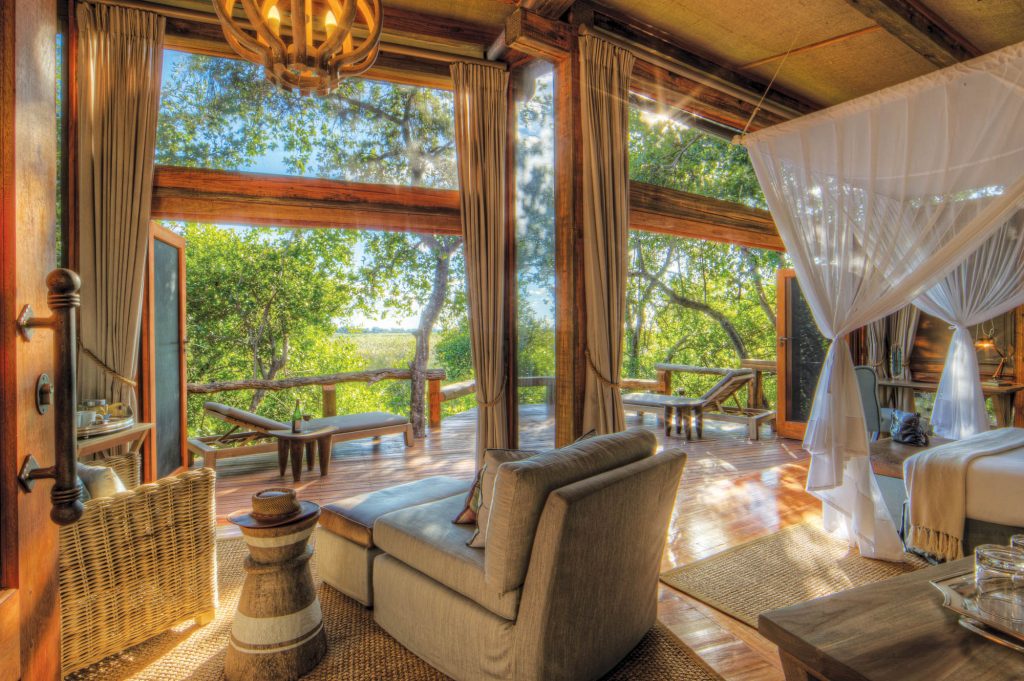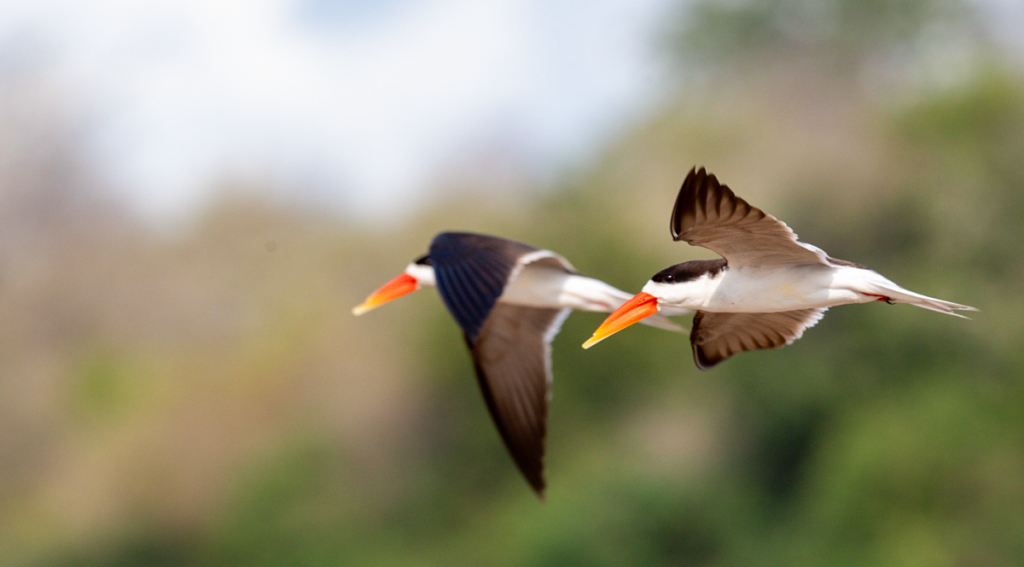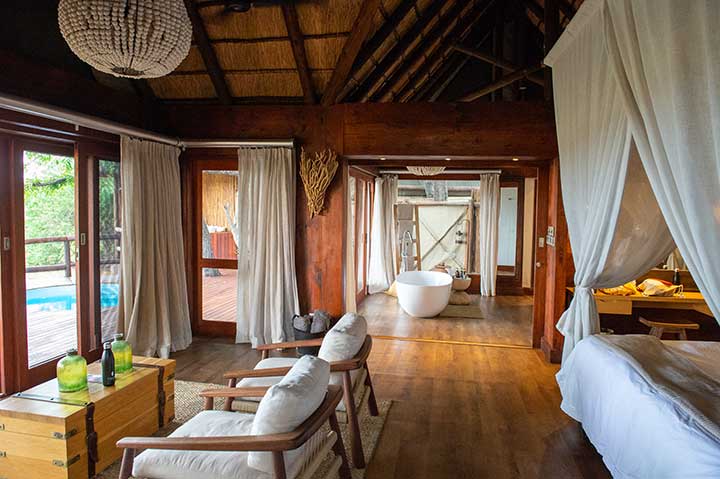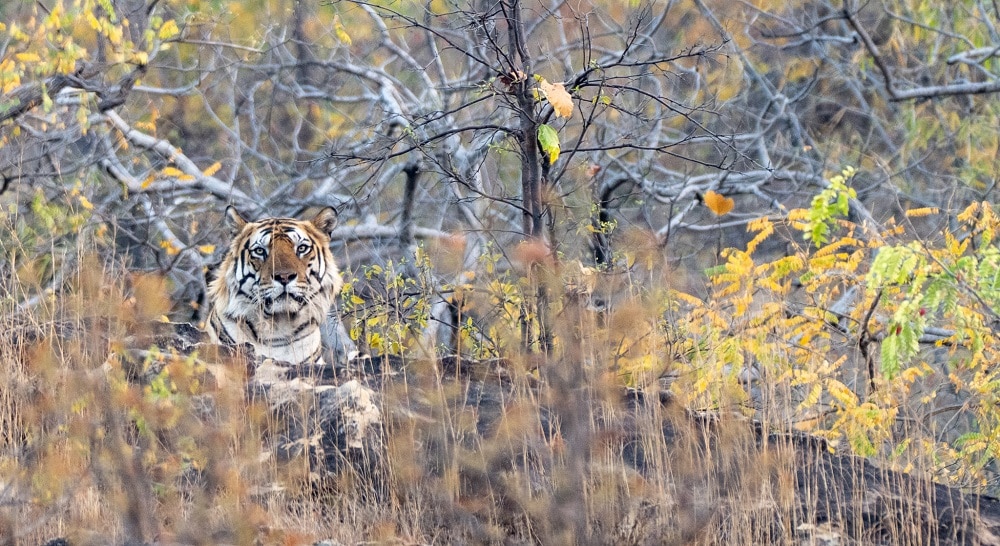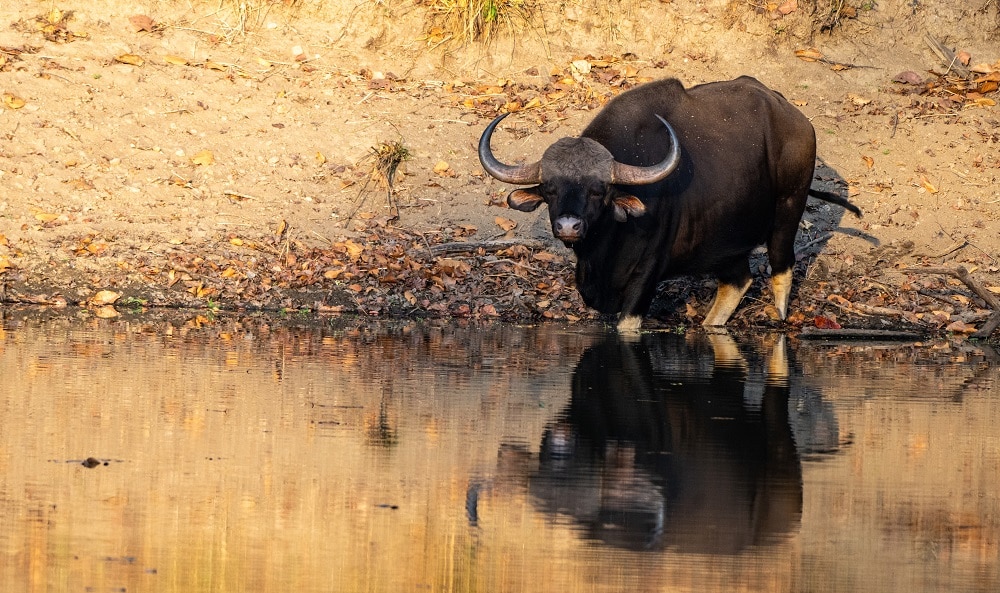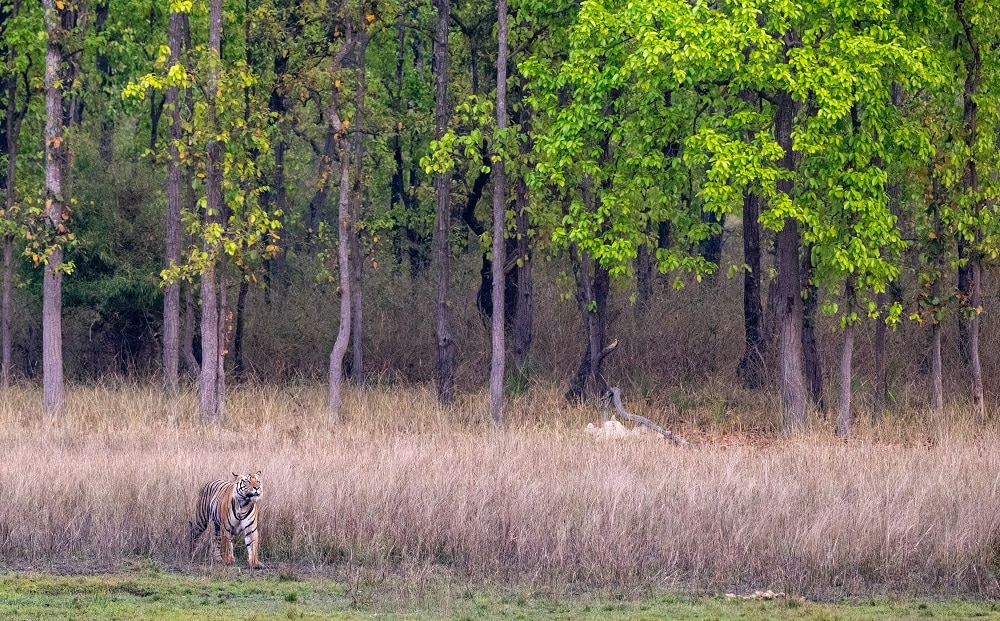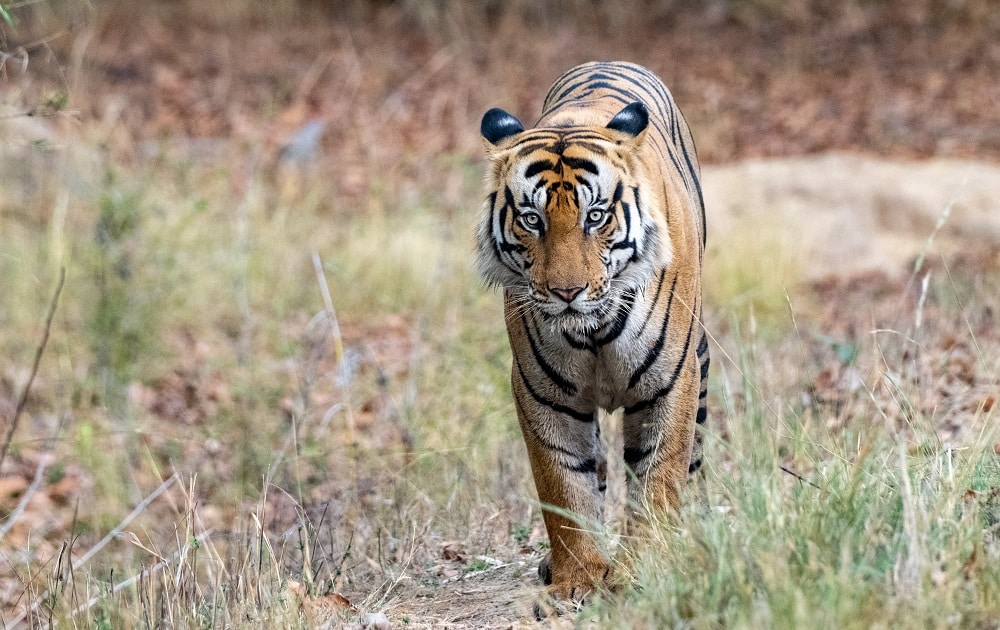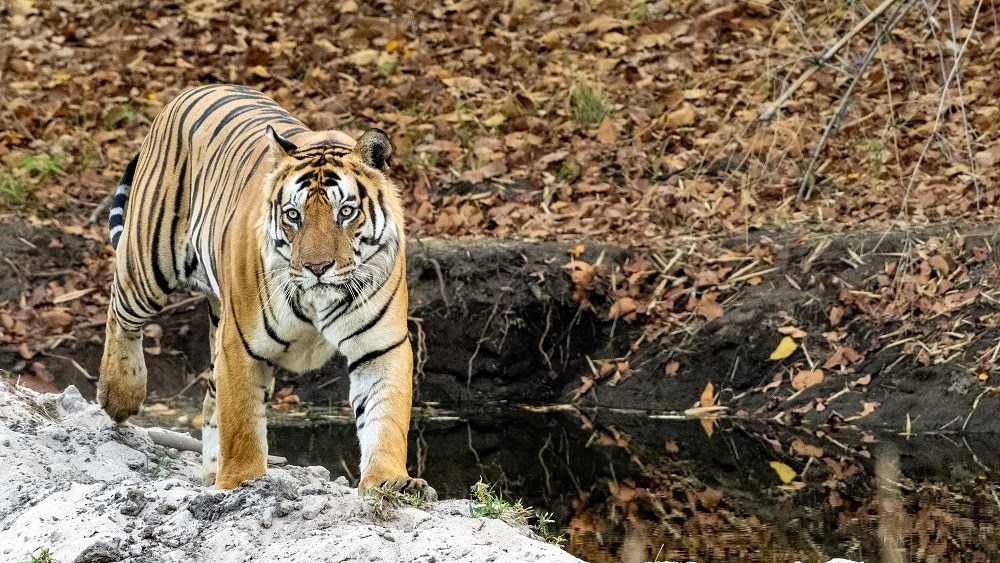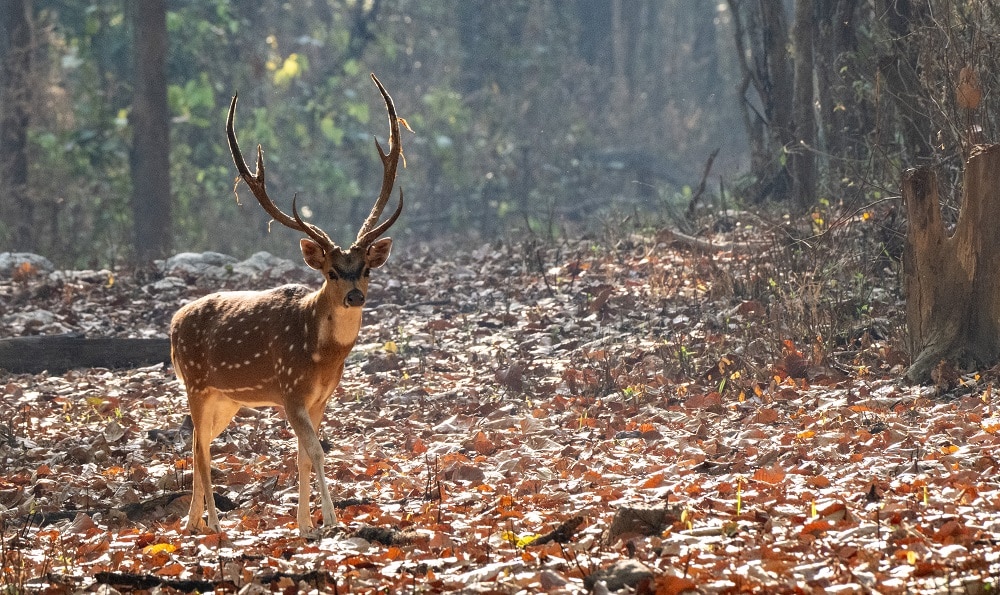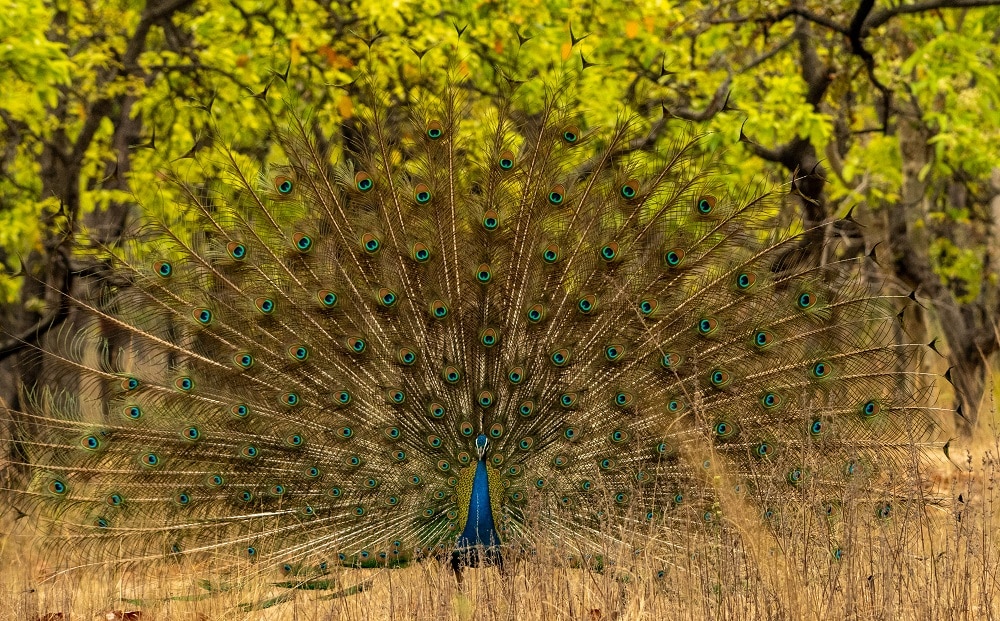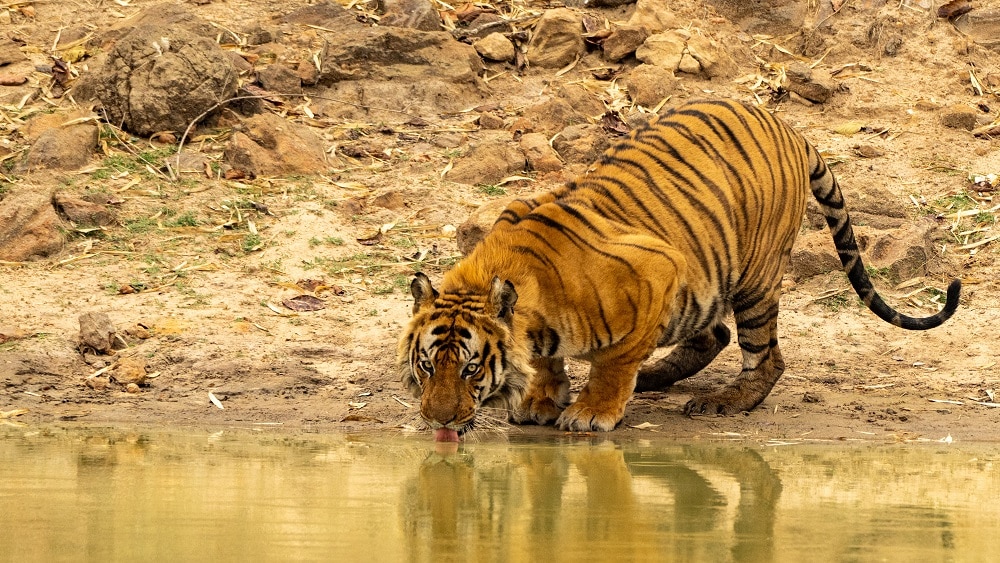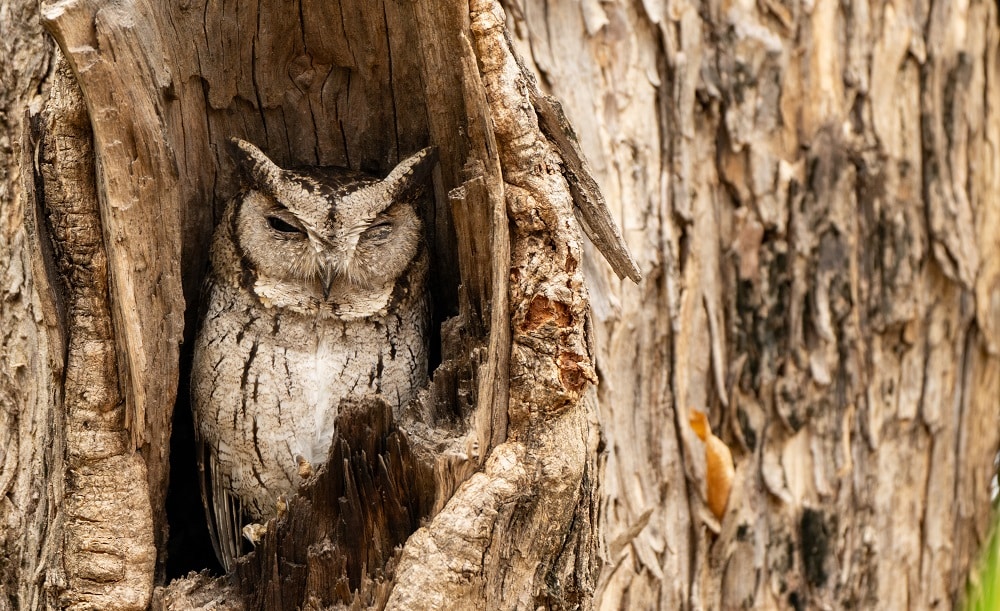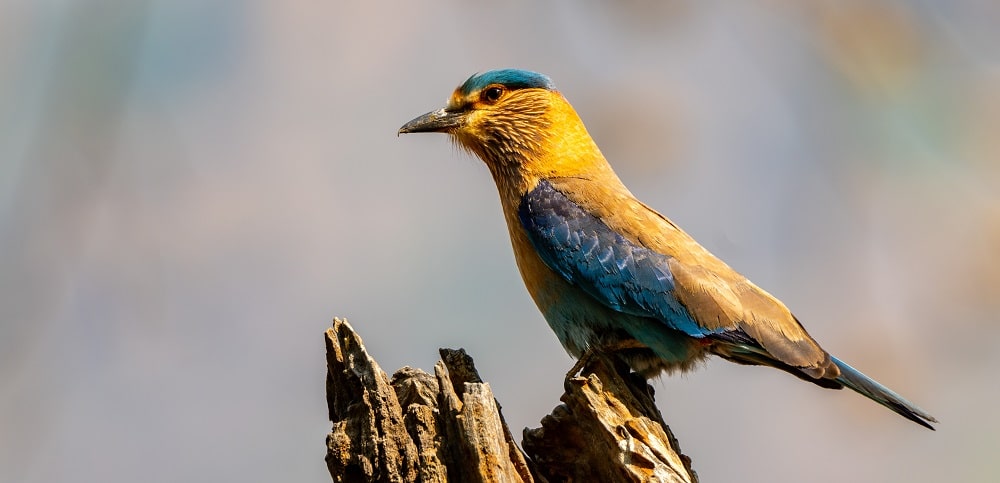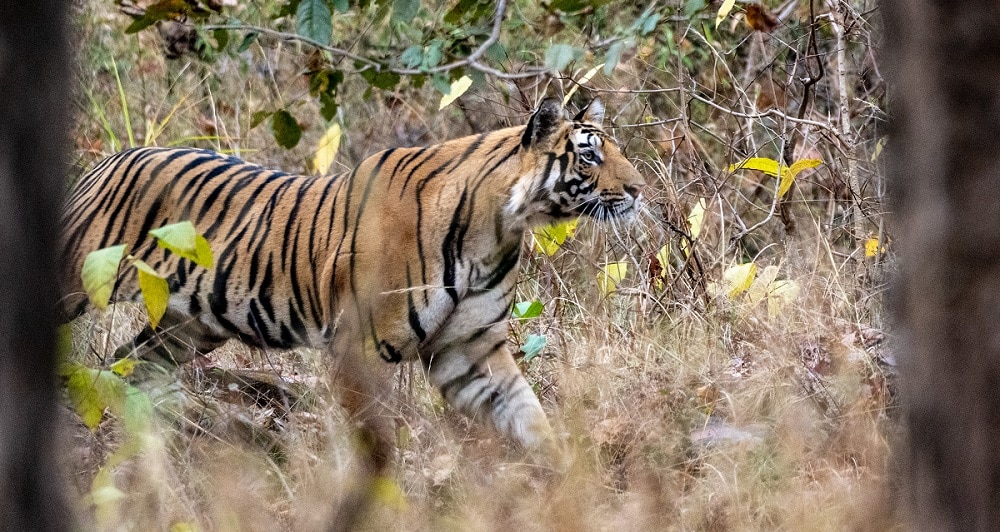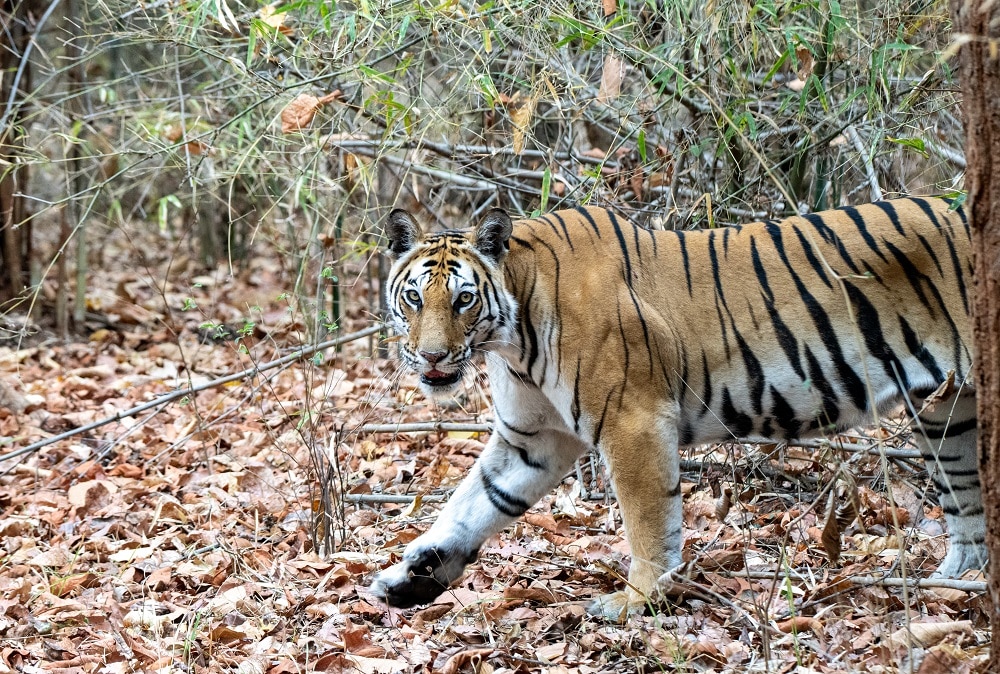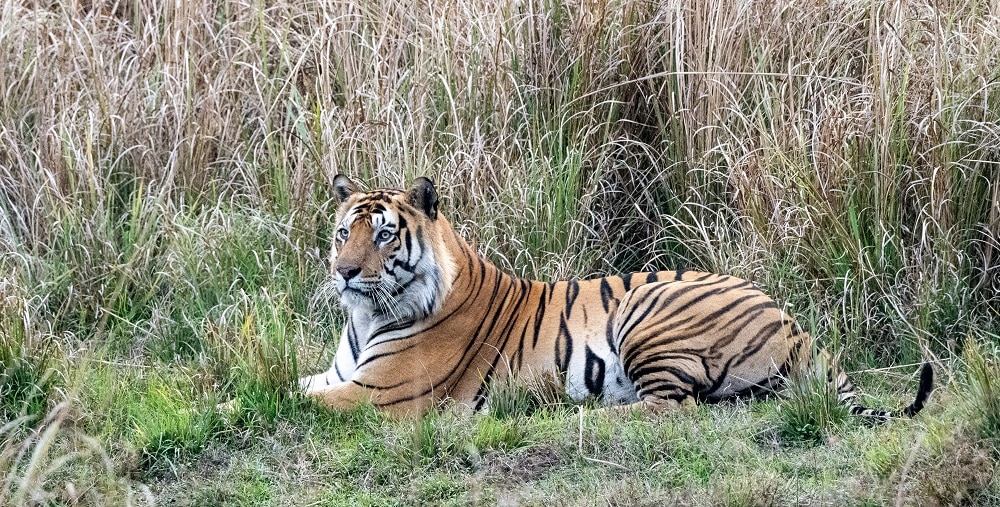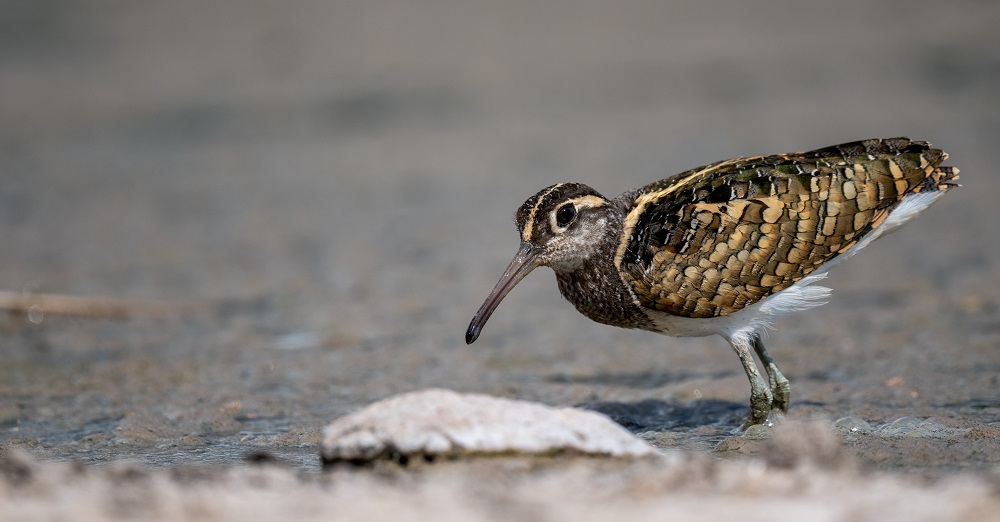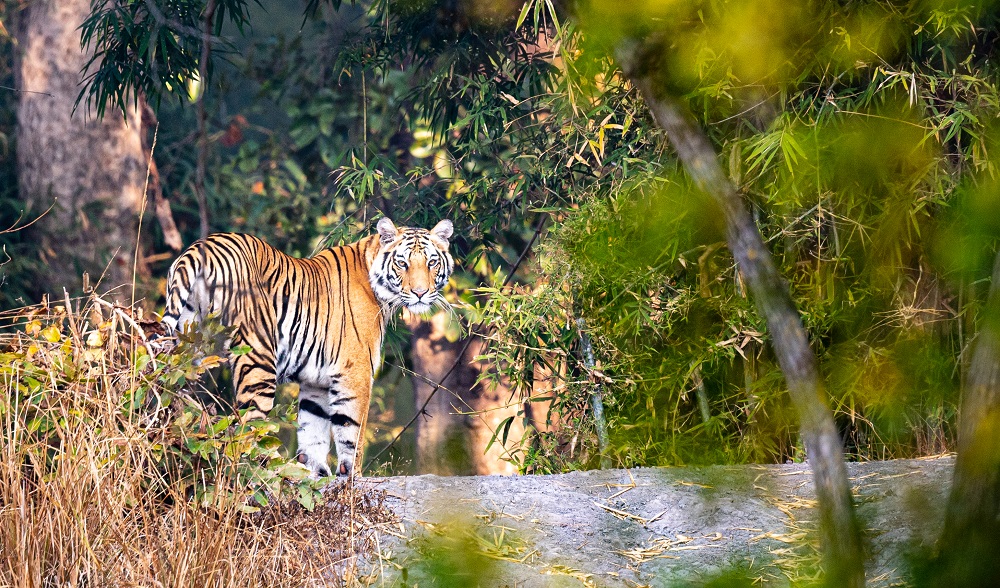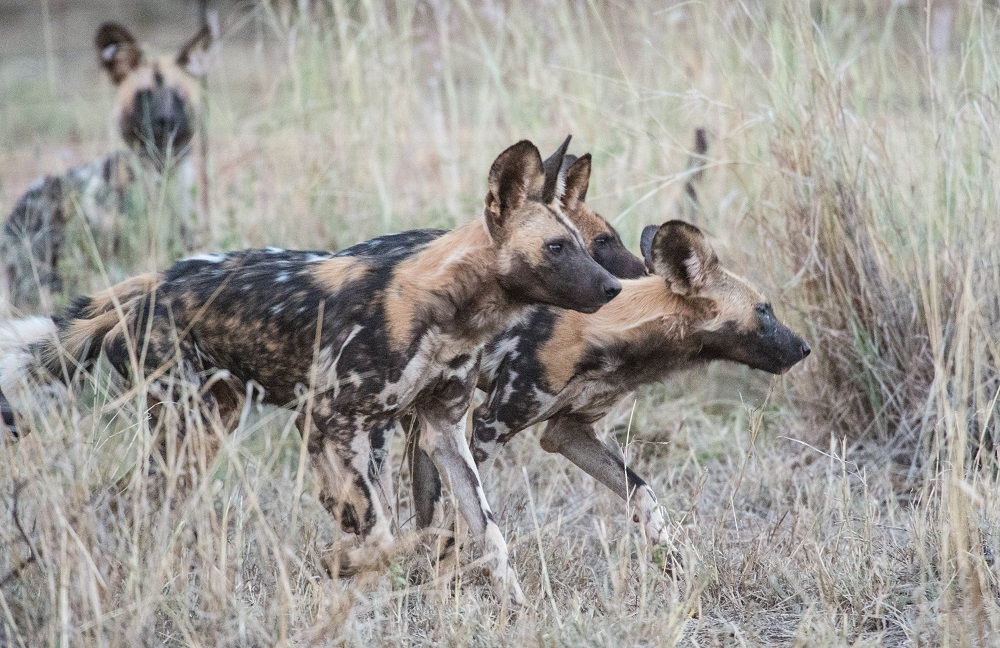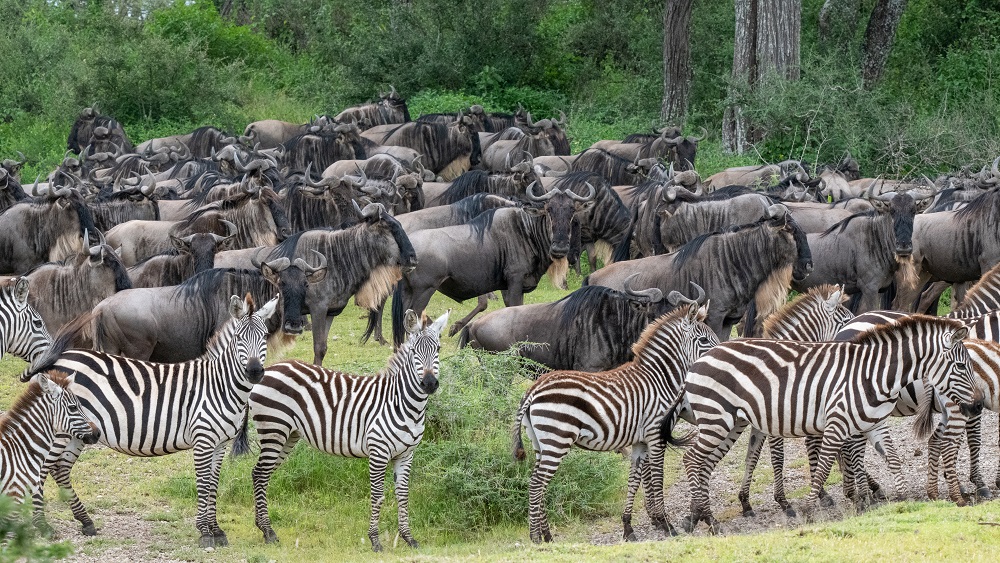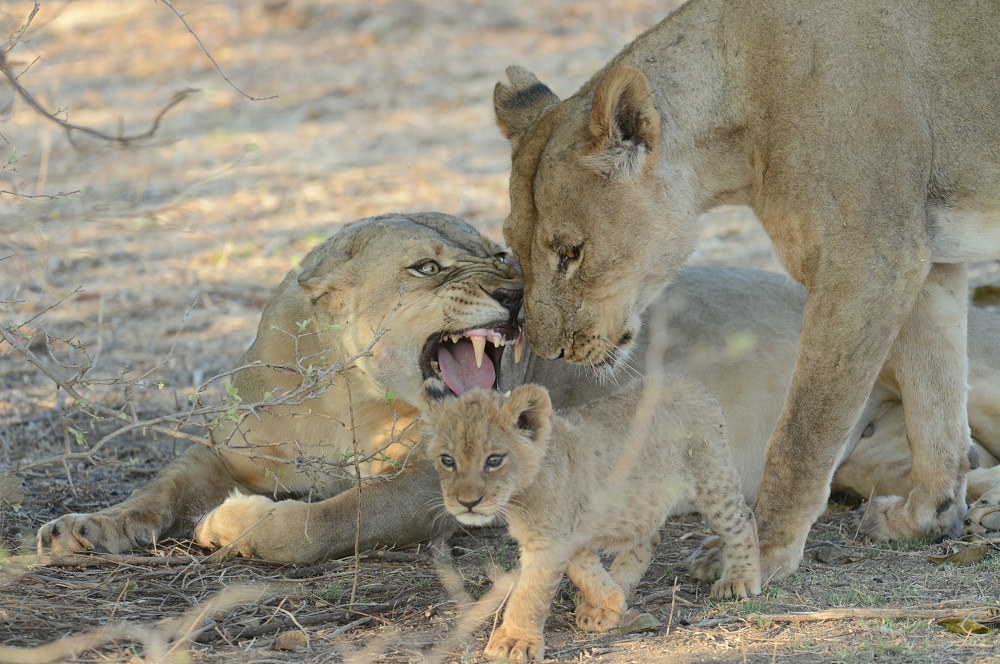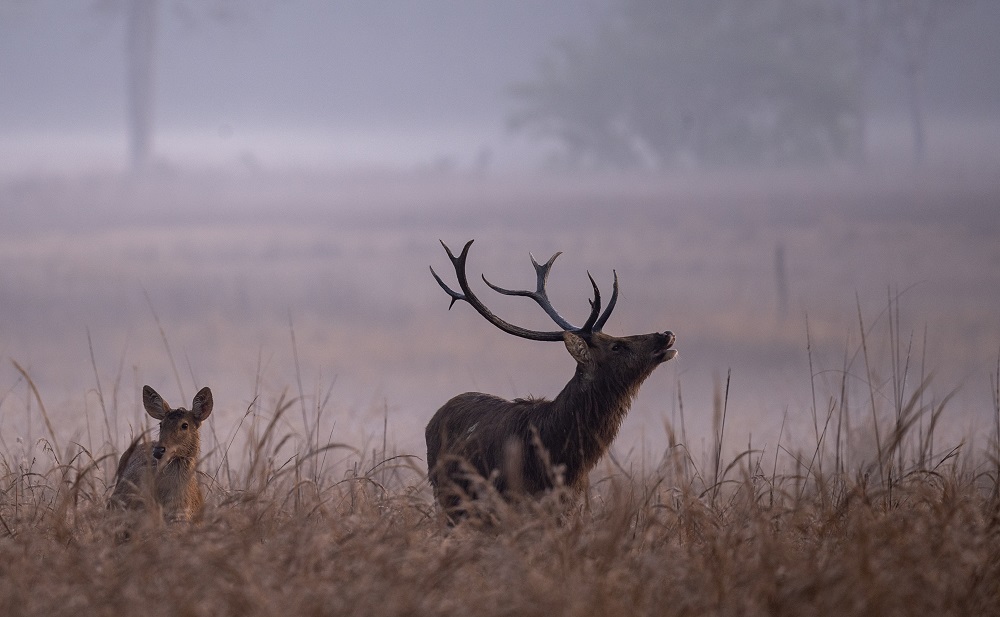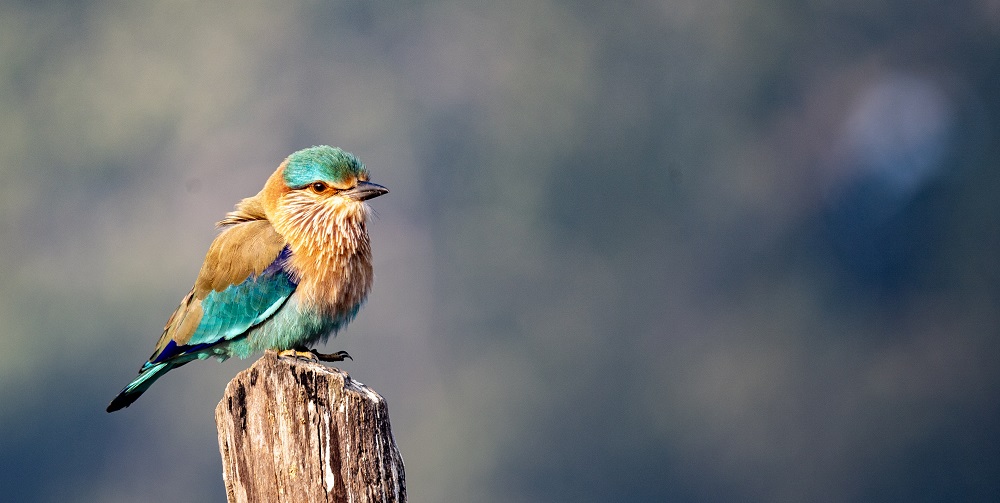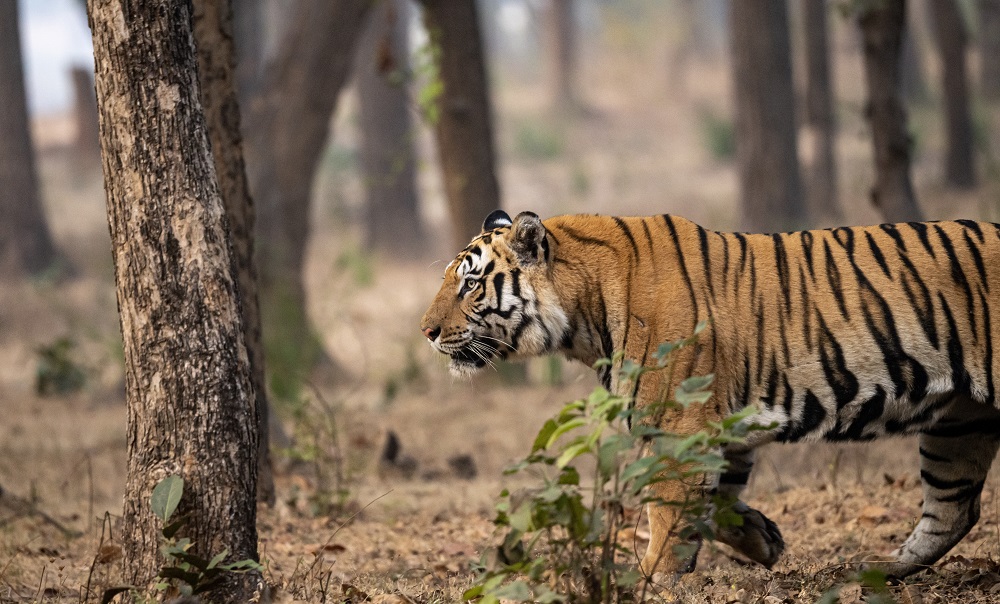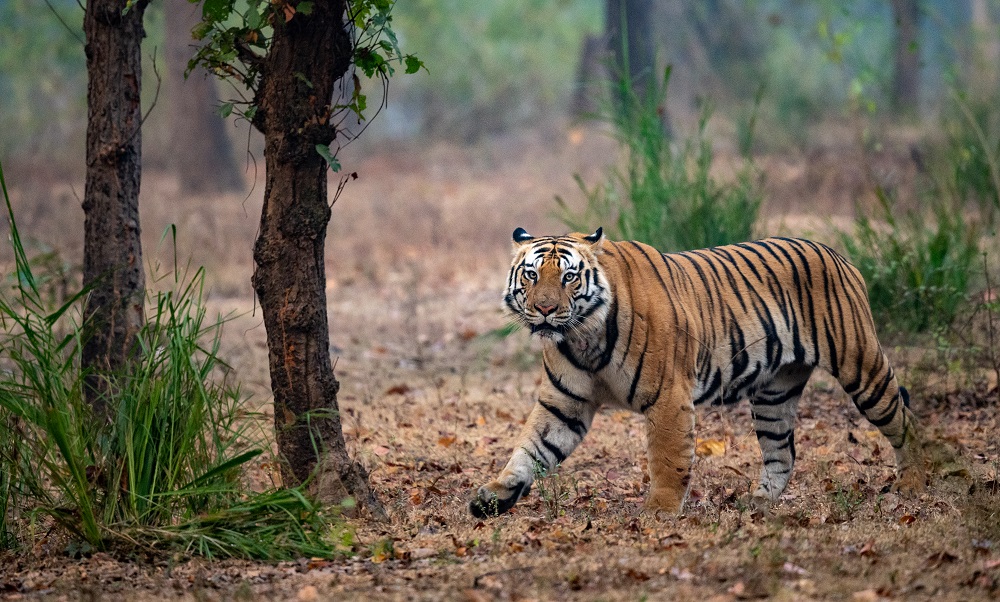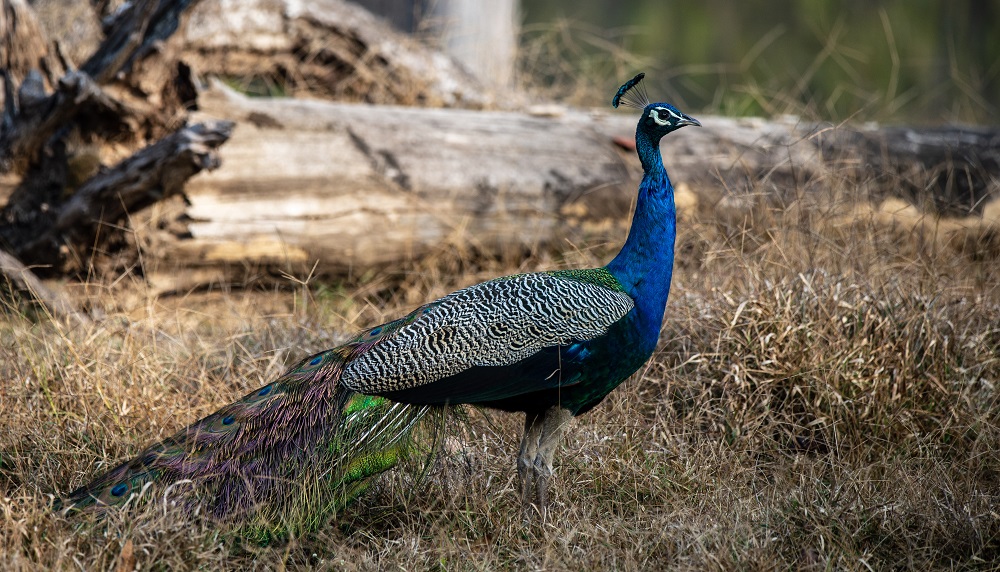Leaving India and returning to Houston after spending slightly more than a month there earlier this year, was like stepping out of color and into black and white. Gone was the exhilarating chaos of city driving, the constant honking, the throngs of people and animals everywhere, the tuktuks, the bikes and bicycles, the markets, the excitement and the novelty of it all. Just like the previous time, practically everything I saw and experienced was wildly different compared with my usual rather more humdrum daily life.
Sometimes the totality of the Indian experience can become a little too much, to be sure. This is why, as a tour operator, we tread lightly when it comes to promoting India as a travel destination. There may come a time during one’s trip when the air pollution or the congestion or the manifestations of poverty or just the overwhelming sensory experience of it all can negatively impact one’s enjoyment. Those of us who have spent decades living in sparkling clean, well-ordered and regulated environments where cars stay between the lines, sidewalks and gardens are manicured to a fault, and everything mostly works, can find it hard to deal with the hectic, helter-skelter and sometimes harsh realities of day-to-day life in India.
I think many first-time visitors to India are pleasantly surprised to find such rich culture, friendly people, diverse landscapes, culinary delights and simply stunning historical sights and artifacts. Yet at the same time they may find the experience to be overwhelming, due to its intensity and the borderline chaotic atmosphere with crowded streets, unfamiliar customs and potential health concerns.
Full disclosure: I had some misgivings about visiting India for many years. Only now, having visited the country twice and planning to go back, do I realize that it was mostly due to a lack of knowledge. After two different visits and spending several weeks cumulatively in the far north (Ladakh), the western ghats (Mumbai), the far east (Assam), the golden triangle (including Agra and Jaipur), the holy city of Varanasi on the Ganges River and in four major tiger reserves in Madhya Pradesh in central India, I do know one thing. The country is underrated as both a cultural and a wildlife destination. The secret of course, as is the case almost anywhere else in the world, is to travel with a local tour operator who can match your expectations with the actual experience. Or at least get pretty close. Maybe India isn’t for everyone and every prospective visitor has to be prepared to be challenged to some degree, whether it’s culture shock or simply naivete about life in a developing country.
If you can handle being outside of your comfort zone and you relish experiencing things and sights and people and experiences that may shock you a little but also exceed your wildest expectations, then by all means go to India. We would love to talk to you about arranging your own customized itinerary or joining one of our small-group trips focused mostly on the tiger & wildlife experience. Call us at 713-467-5222 or 1-800-513-5222 or email bert@fisheaglesafaris.com for more information.
The Tigers
Three thousand six hundred and eighty two individuals is the current estimate for the Bengal tiger population in India. A significant increase from previous years and in fact one of the world’s great conservation success stories. Seeing a tiger in the wild is the single most exciting and impactful wildlife encounter I have experienced anywhere. The suspense of looking for them and then finding them and seeing these awesome, larger than life, striped cats confidently striding through an Indian jungle, is near impossible to convey in writing. If I’d known how magical a tiger sighting would be, I definitely would have made my way to India a long time ago.
The people, culture, traditions, religions, diversity and cuisines
While tracking tigers in the wild is likely the most compelling reason to visit India – at least for wildlife devotees – there are many, many others. India’s rich culture, traditions, its diversity and its incredible variety of regional cuisines make for a truly unforgettable journey. As do its people.
Most visitors to India get to meet and interact with just a tiny fraction of the country’s one and a half billion inhabitants. Which is too bad as they are infinitely fascinating and diverse, colorful, and unfailingly friendly and welcoming to strangers. I found that connecting with Indian people on a human-to-human level became easier by the day, with the least bit of effort on my part. Whether they were school children or college students, young professionals, retired workers, restaurant employees and owners, roadside vendors, shopkeepers, naturalist guides or hospitality industry professionals, farmers, fishermen, city guides, taxi or rickshaw drivers; the Indian people I’ve met on my travels were curious, spontaneous, warm and polite. Even in the face of sometimes overwhelming language barriers, I had a year’s worth of memorable ‘stranger of the day’ encounters in just a few weeks. You can too!
Mumbai
What does one even say after spending just two days in the megalopolis that is Mumbai, India’s largest city and home to more than 20 million people? I think my enduring memories will include the stunning sunset views from Harriman Point over Back Bay and the Arabian Sea, with the city skyline bathed in a golden-red early evening light. Also visiting the intriguing Afghan Church, the physical embodiment of a lesson in history that several modern leaders have disregarded at their peril.
The Lalbaug spice market was fascinating, particularly observing the step-by-step process of making custom blends of garam masala. Engaging with a few local ladies – one of whom had her son with her – turned into a watch party of sorts as we joined them keeping an eye on their chosen mix of red chilies being roasted on large, firestoked pans (tawas). Don’t stand too close: a whiff of the acrid smoke will singe your nasal passages like never before. Once the chilies had been toasted to the patrons’ specifications, a separate mix of additional seasonings such as bay leaves, coriander, turmeric, cumin, black pepper and mustard seeds was scooped onto the hot pan surface. After the roasting comes the grinding – almost constantly going on in the background – and in no time you can be on your way with your own unique masala mix. After some rupees have changed hands of course.
Often (still) referred to as Bombay – even by its own inhabitants – my short visit to Mumbai was simply delightful. This megacity is likely best known for being home to India’s thriving Bollywood film industry. It has more billionaires than any other Asian city. There are state-of-the-art bridges, a stunning oceanside drive, a skyline crammed with gigantic skyscrapers, architectural masterpieces, and marvelous old churches and palaces. Dharavi – Mumbai’s well-known slum area – is one of the most densely populated areas in the world with an estimated density of nearly 900,000 people per square mile. In popular culture, Dharavi was most notably used as the backdrop in the award-winning 2008 British film, Slumdog Millionaire.
A few of the other highlights on my day-and-a-half of guided touring in Mumbai included these:
- The Chhatrapati Shivaji rail terminus. This architectural marvel, formerly known as Victoria Terminus, is known for its unique blend of Victorian Gothic Revival and traditional Indian styles. Designed by Frederick William Stevens, it is replete with pointed towers and turrets, and a massive central ribbed dome. The station has a unique place in Indian history, being the spot from which the first train in India departed in April 1853, travelling a distance of 25 miles. Nowadays nearly a million people pass through the station on a daily basis. Be sure to look for the spot where the still missing marble statue of Queen Victoria once stood. My guide Heer and I (from No Footprints Mumbai) hopped on a local train to Byculla for a light lunch at Bombay Sweets. This ‘sweet shop with a twist’ takes familiar Indian sweets and creates something entirely new. Fancy some gulab jamun dressed up in the shape of a Mexican churro? This is the spot. The restaurant also serves some healthy street snacks, if sweets are not your thing.
- The Gateway of India. This rather dour-looking victory arch was built to commemorate the visit of King George V and Queen Mary in 1911. Opposite the much more imposing Taj Mahal Palace and Tower Hotel overlooking the Arabian Sea, the Gateway of India is the emblem of Mumbai tourism. The Gateway was built as a symbol of the power of the British. Ironically, the monument also marked the end of British rule, as the last infantry left Indian shores from the Gateway in 1948. From the Gateway we took a walk to the Royal Bombay Yacht Club, the beautiful Dhanraj Mahal (an Art Deco Palace) and the Maharashtra Police Headquarters.
- The Afghan Church should be a mandatory stop for anyone with even the vaguest of interest in the invasion Afghanistan. It was built by the British between 1847 and 1858 to commemorate the dead of the First Afghan War and the disastrous 1842 retreat from Kabul. In this fiasco the British army lost 4,500 troops, along with about 12,000 civilian camp followers, the worst British military disaster until the fall of Singapore a 100 years later. A memorial inside the church also records casualties from the Second Anglo-Afghan War. The impressive edifice was constructed using locally available buff-colored basalt and limestone.
- Worli Fishing Village and Sassoon Dock. Best visited early in the morning (when the fishing pier is literally buzzing). After a drive-by glimpse of the colorful fishing village, we spent some time taking in the dock area, with several trawlers alongside, having just off-loaded their catch. A sea breeze helped but did not entirely succeed in masking the overpowering smell of heaps of drying prawn shells, leftovers from the morning’s auction.
- Mumbai’s famous bazaars. I spent half an hour or so perusing the Crawford Market, a bustling hub of organized chaos. It’s a treasure trove of surprises – jewelry, textiles, decorations, and sadly, even pets. Strolling through the narrow lanes, dodging push carts and motorbikes, this is the place to get a real ‘slice of life’ glimpse of Mumbai’s street culture and human interactions.
- The Laundry District area where the laundrymen, more popularly known as the Dhobhis, wash the clothes of Mumbaikars. Again, best to get there early in the day to see the Dhobhis at work, flogging and beating the clothes tirelessly. With nearly all of the city’s washing done here, it’s hardly surprising that these guys are known as the ‘Washing Machines’ of Mumbai.
- The Dabbawalas. We stopped, chatted and took some photos with a few of the approximately 5,000 dabbawalla workers who deliver around 200,000 hot lunches from homes and restaurants to office workers in Mumbai. The lunchboxes are picked up in the late morning and are delivered using bicycles and rail transport. Even though many of the dabbawalas cannot read or write, their distribution system is practically flawless, using abbreviations for collection points, color codes for starting stations, numbers for destination stations, and building and floor markings for the dabbawallas who make the ‘last mile’ delivery to the offices.
Satpura National Park
In a conversation at a breakfast spot on my second day at Satpura, a seasoned tiger aficionado remarked that Satpura National Park was fast developing into India’s single best park. By the time I left two days later, I knew exactly why he said what he said. Satpura is beautiful with an enviable mix of tall sandstone mountains, narrow gorges, ravines, waterfalls, streams and dense forests. The park’s all too evident diversity starts with two unique species of trees – sal and teak. Add to that a wide variety of ferns, mango trees and a host of other trees, shrubs, bamboo, climbers, grasses and flowers. Its biodiversity is enhanced by the presence of several natural as well as anthropogenic grasslands, created by the relocation of a host of villages from the core area of the reserve. The grasslands support a sizable population of herbivores which in turn support a steadily increasing number of Bengal tigers. Satpura National Park has an abundance of butterflies, birds and reptiles, and it has good numbers of mammals. Among those that are readily observed are several typical central Indian species like spotted deer, sambhar, sloth bear, leopard, wild dog, tiger, gaur, Indian giant squirrel and more. My best advice is to go and see Satpura soon, before everyone else discovers it.
Bori Lodge
Mumbai may be an Indian megacity but here’s one thing you cannot get at the airport: decaf coffee. Ask and all you’ll get are questions and odd looks. I settled for tea. Getting from Mumbai to the first tiger reserve on my schedule – Satpura National Park – involved an Air India flight to Bhopal (the capital city of Madhya Pradesh state), followed by an uneventful 3-hour private road transfer to Bori Safari Lodge.
Bori Safari Lodge is located on a farmland estate neighbouring Dhapadamal Village, close to the park entry gate. From Bori Lodge, guests can do game drives, walking safaris, night drives, bird watching and anthropological walks. The expert staff naturalists are well versed with the landscape and are ever ready to bring the experience alive for you.
Bori Lodge has eight modern rooms with more than ample space. The rooms – each of which has a private viewing deck – have both inside and outside showers and a partially outside bath. The central courtyard is for recreation and socializing, with a separate dining area, lounge (which had slow WiFi) and a library. There are a couple of options for outdoor dining as well, and an infinity pool for the hot days which the area experiences from about March onwards. The food is excellent, as I experienced right away over a late lunch around 3 pm on my day of arrival. That evening, I joined a few other guests over sundowners, at a high rocky spot overlooking a mix of teak, crocodile bark and Indian satinwood trees.
The following morning we departed early on a game drive, entering the park at 530 am, spending a good couple of hours driving through the park to Zone 1 in the core area. It was initially quiet, but as soon as we entered the core area we started to see good numbers of wildlife. These included wild boar, monkeys, langur monkeys, nilgai, sambar deer, gaur and more.
By late morning we came upon a party of 3 subadult tigers. My first tigers for the trip! While it wasn’t my best view of tigers by any means, the excitement was running high and we did get some good looks at two of them, and managed to take a handful of useful photos. On the way back to camp we got really lucky with an excellent sighting of a leopard, always a somewhat unusual and very special occurrence in the Indian tiger reserves. Before it slunk off, the spotted cat spent several minutes sitting in a heavily shaded area, apparently looking around for signs of prey animals. Getting a perfectly exposed photo was more than challenging but I was thrilled to see my first tiger for the trip, on my very first game drive.
Our afternoon game drive was even better. This time, our destination was Bori’s Zone 2, not nearly as long a drive from the camp as Zone 1. Also the area is relatively new so it does not attract quite as many vehicles as Zone 1. This afternoon, our luck held out and we had simply superb views of a female tiger in good light. The tiger gave us every opportunity to get our shots as she emerged from behind some rocks into the open, walking right in between two trees and directly towards us, and then taking a detour into the bushes before emerging again and giving us yet more looks. Every photographer in the area was smiling. Zone 1 had lots of general game and some great birds as well. All in all a near perfect day in a tiger reserve in Madhya Pradesh!
Reni Pani Lodge
The following morning we set off on a road/boat transfer from Bori to Reni Pani. I made a rookie mistake by not keeping my big camera with me, not realizing that all luggage (other than what you were carrying) would be transferred to the destination lodge separately, by road. So when we came upon two sub-adult tigers on the edge of the lake, all I had to capture the action was my iPhone. Fortunately we did get pretty close up and one particular sequence – when the young male walked over to his sister and then started to show some interest in the boat – was best captured on video in any event. An incredible sighting. I thoroughly enjoyed the beautiful lake scenery en route to our next stop in Satpura: Reni Pani Jungle Lodge.
Reni Pani Jungle Lodge turned out to be an older but clearly very popular lodge located in forest habitat typical of the Satpura Tiger Reserve. Reni Pani features twelve comfortable if somewhat rustic cottages, all built using local material. All the cottages have viewing decks, large bay windows, sturdy doors and well equipped bathrooms (with showers and separate toilets). The air conditioning was 100% effective, an important consideration in Satpura where it can get very hot (well into the 90’s Fahrenheit) by mid afternoon from March onward. The central area or meeting place has a unique design with a dining area, bar, library and lounge all under the same cover. Over the course of my 2-night stay, I enjoyed a good variety of mostly buffet food, heavy on vegetarian options but not exclusively, with both chicken and fish starters and a goat stew on one of the nights. Also plenty of paneer, and an excellent range of fresh salads.
Reni Pani’s large stands of teak forest and its heavily wooded, rugged hills are typical of the terrain one should expect in the Satpura Tiger Reserve. It is a true forest environment with adjacent patches of agricultural land. The area around Reni Pani is known for consistently good sightings of animals like sambhar, cheetal (spotted deer), nilgai, wild boar, barking deer, black buck and occasionally leopard. The abundance of Reni Trees (a type of berry) and other fruit-bearing plants attract good numbers of sloth bears to the area. The area around the lodge is particularly rich with bird life.
A night drive into the buffer area on the afternoon I arrived was a bust. We hardly saw anything and when we eventually did find a nocturnal animal – a civet – the naturalist’s spotlight was not strong enough to make the animal visible. The morning drive the next day more than compensated for that lapse with my first-ever sighting of a sloth bear – actually two of them – in good light and in an open area. Sloth bears are notoriously difficult to photograph, but I lucked out as at least one of them had its head up and the autofocus managed to lock on to the snout. Totally black animals can play havoc with autofocus due to the low-contrast situation.
My stay in the Satpura area ended with yet another highlight – an extended sighting of a small jungle cat – yet another first on my now rapidly growing list of Indian mammals. Uncharacteristically it did not immediately run away or hide, and I had more than just a few seconds to get some pretty good images of this dainty little animal – which looks uncannily like a regular domestic cat.
Yet another first for me in Satpura was observing and being able to photograph a large marsh (also known as mugger) crocodile, alongside a stream where it was lying with its gape open. These medium-sized crocodiles are found in many parts of India, but their conservation status is considered ‘vulnerable,’ due mostly to habitat loss.
Agra – The Taj Mahal
If you’re carrying even a moderate amount of electronic gear on a trip to India, resign yourself to getting unwanted additional scrutiny from their equivalent of the TSA. They never made me take off my running shoes but more than made up for that ‘lapse’ by rifling through everything else. Checking in for my flight from Bhopal to Delhi I had to remove my binocs from their case, and was instructed to open every small bag with batteries, GoPro camera, cables – the works. It was a solid 20-minute process.
My evening was spent at the comfortable Andaz hotel at Delhi Airport. We’ve had to spend quite a few nights there over the last couple of years and it delivers a first-class experience every time. Dinner was room-service pizza (perfectly edible) with some gulab jamun for dessert. The following morning Kathy and I literally spent less than an hour together (she had just arrived in Delhi from Istanbul) before I had to get myself and my stuff downstairs for the train ride to Agra. Just like my last train trip in India in January 2023 (which was from Delhi to Jaipur), the journey to Agra on the Gatimaan Express (India’s first semi-high-speed train) was an easy and relaxing ride of just over 90 minutes. Considerably faster than a road trip which takes close to four hours. Fortunately we brought along a packed breakfast as the breakfast served on the train was pretty mediocre. The Gatimaan Express isn’t first class by any means but it is a fast, safe and comfortable way to get from Delhi to Agra, or vice versa.
Our local Agra guide Sanjay Mudgal accompanied us in a small deluxe tour bus on our day-long sightseeing outing in Agra, a city of 3 million inhabitants of which about 75 percent are Hindu and 20 percent Muslim. This one-time capital of the mogul kingdom has several notable monuments and palaces, and of course the world’s most famous mausoleum, the Taj Mahal. Outside of the city itself there’s a substantial agricultural area where lentils and mustard seeds are cultivated, among others. Agra is also known for its handmade rugs, for shaping and manufacturing of jewels, and the city has a large cadre of working artisans and craftsmen.
Our first stop was Agra – the fort. The Red Fort in Agra is a massive 16th-century fortress built of red sandstone. Enclosed by towering walls, it houses palaces, mosques, and audience halls with intricate Mughal architecture. Once a royal residence, its blend of Persian and Indian styles, lush courtyards and views of the Yamuna River make it both a historical marvel and a symbol of the grandeur of the Mughal Empire.
By late afternoon – after a welcome respite from the heat back at our hotel – we boarded the bus again for the ride to the Taj Mahal. The Taj Mahal – the stunning white marble mausoleum in Agra – was the Mogul Emperor Shah Jahan’s tribute to his beloved wife Mumtaz Mahal who died in 1631. The Taj has become an enduring symbol of love and devotion. It did not disappoint. Looking at it for the first time one is immediately struck by the perfect balance and elegance of this timeless jewel. The four minarets balance out and complete the ensemble for simply the most pleasing whole.
Walking around with our guide we were shown some special angles from which to take a few more photos. I think my conclusion was that the Taj Mahal looks great from any angle. I was also relieved to realize that it was possible to take good photos of the Taj from several spots without necessarily showing all the other visitors. There were likely several thousand other visitors present but it really did not matter. An enterprising photographer used some deceptively simple techniques (among others using light reflected from a cell-phone) to produce some innovative and highly creative images of several of us in the form of silhouettes with the Taj Mahal in the background.
The following morning we enjoyed some alternative views of the Taj Mahal from a small hillock, perhaps half a mile or so from the edifice, where a small group of people were doing some yoga. While they worked their way through a series of asanas, we enjoyed some tea and coffee and refreshments and trained various cameras and iPhones on the domes and minarets of the Taj Mahal as the sun rose in the east. It was a relaxing and pleasant end to our brief Agra stay; imminently we’d be back in the bus and heading back to Delhi. Tiger safari ahead!
Part 2 of this blog – a closer look at our tiger and other wildlife viewing experiences in Bandhavgarh, Kanha and Pench National Parks and in the farflung Kaziranga National Park in Assam – will be published in our June newsletter.
For information about our Fish Eagle Safaris March 2026 small group trip to India please contact Bert at bert@fisheaglesafaris.com, or leave a message with our answering service at 1-800-513-5222 or at 713-467-5222


